Ammonites
Ammonites with a name coming from the Greek ram-horned God called Ammon are the most widely known fossil; they are cephalopods and first appeared in the seas 415 million years ago, in the form of a straight shelled creature known as Bacrites. During their evolution three catastrophic events occurred.
The first during the Permian period (250million years ago), only 10% survived. They went on to flourish throughout the Triassic period, but at the end of this period (206 million years ago) all but one species died. Then they began to thrive from the Jurassic period until the end of the Cretaceous period when all species of ammonites became extinct.
Ammonite fossils are found on every continent. And come in every naturally occurring color. Because of their rapid evolution and wide spread distribution they are an excellent tool for indexing and dating rocks. If an ammonite is found in clay the clay will preserve the Ammonites mother-of-pearl luster.
Ammonites began life very tiny, less then 1mm in diameter, and were vulnerable to attack from predators. They fed on plankton and quickly assumed a strong protective outer shell. They also grew quickly with the females growing up to 400% larger then the males; because they needed the larger shell for egg production. Most ammonites only lived for two years. Some lived longer becoming very large.
The largest ever found was in Germany (6.5 feet in diameter). Ammonites lived in shallow waters of 100 meters or less. They moved through the water by jet propulsion expelling water through a funnel like opening to propel themselves in the opposite direction. They were predators (cephalopods) feeding on most living marine life including mollusks, fish even other cephalopods. Ammonites would silently stalk their prey then quickly extend their tentacles to grab it.
When caught the prey would be devoured by the Ammonites jaws located at the base of the tentacles between the eyes. Most ammonites have coiled shells. The chambered part of the shell is called a phragmocone. It contains a series of progressively layered chambers called camerae, which were divided by thin walls called septae. The last chamber is the body chamber.
As the ammonite grew, it added new and larger chambers to the opened end of the shell. A thin living tube called a siphuncle passed through the septa, extending from the body to the empty shell chambers. This allowed the ammonite to empty water out of the shell chambers by hyperosmotic active transport process. This process controlled the buoyancy of the ammonite’s shell.
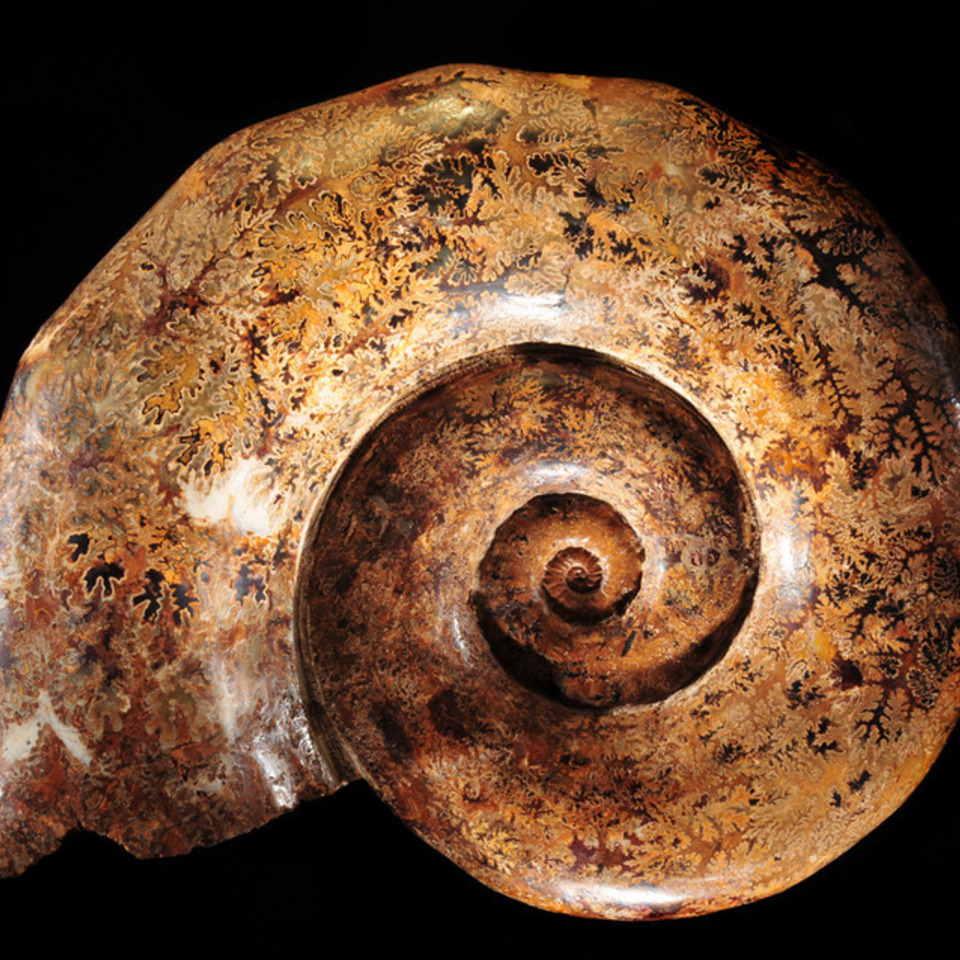
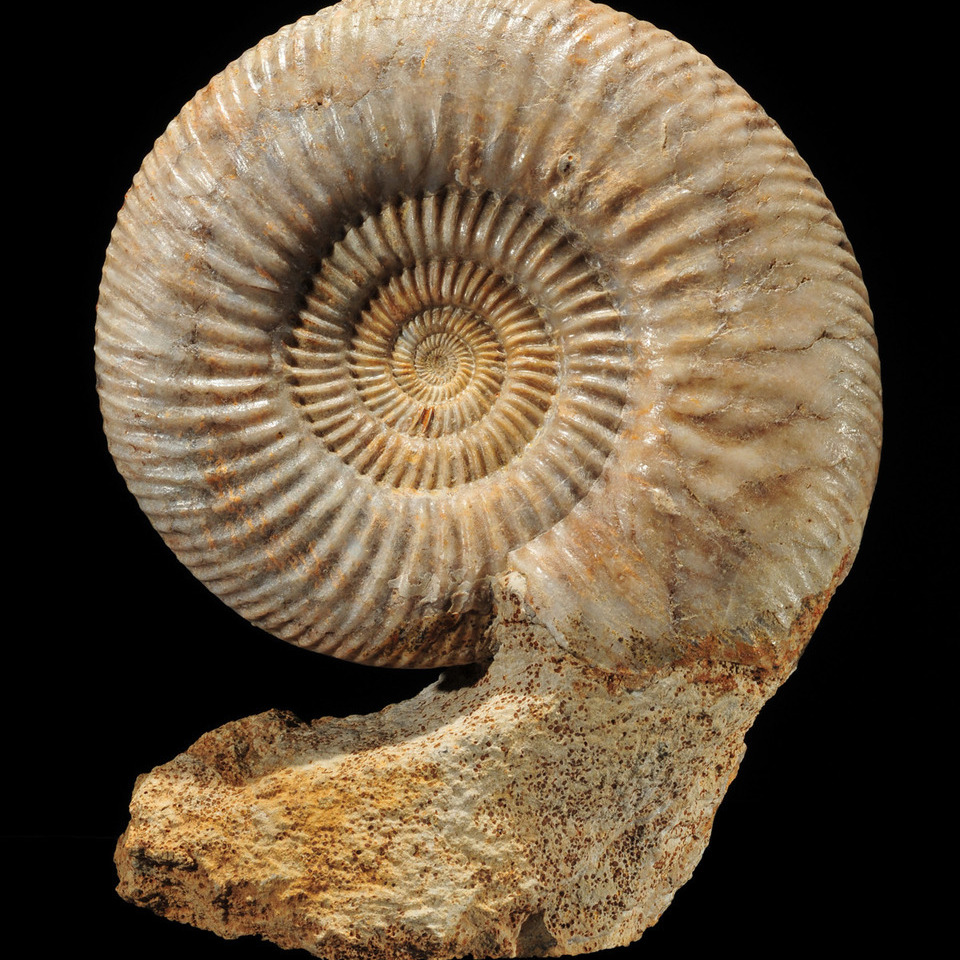
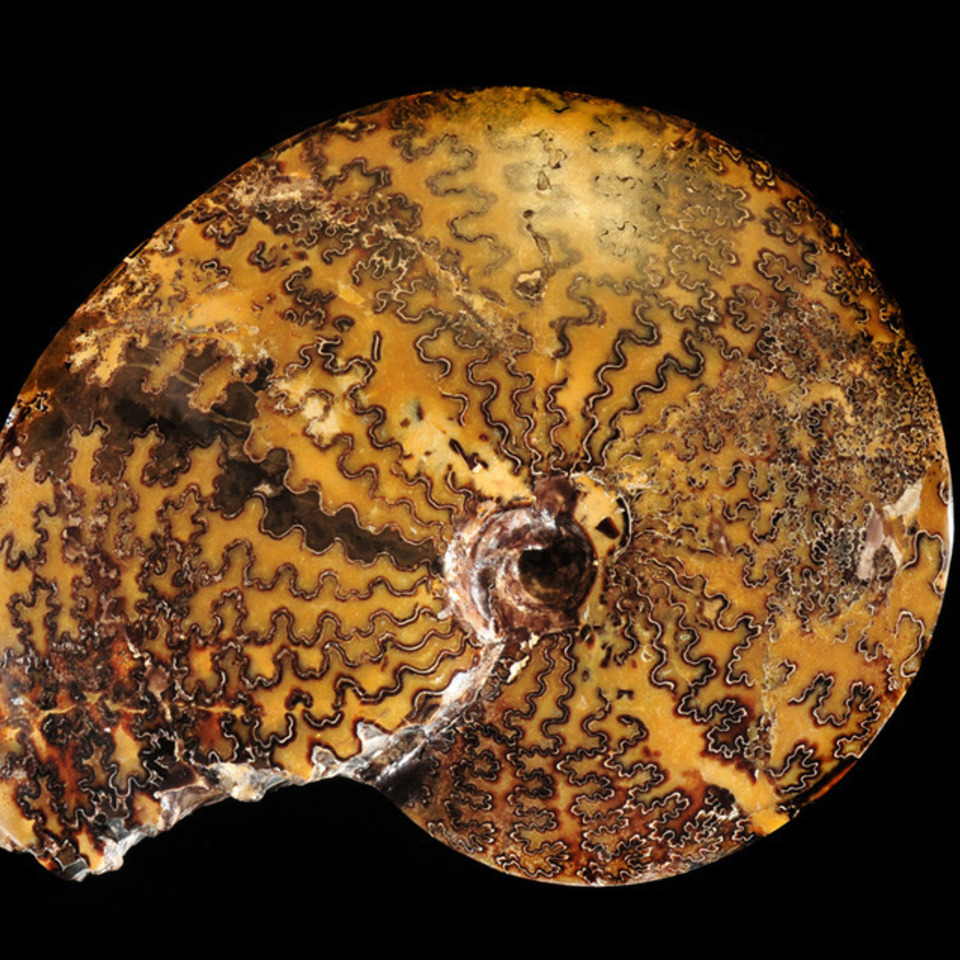

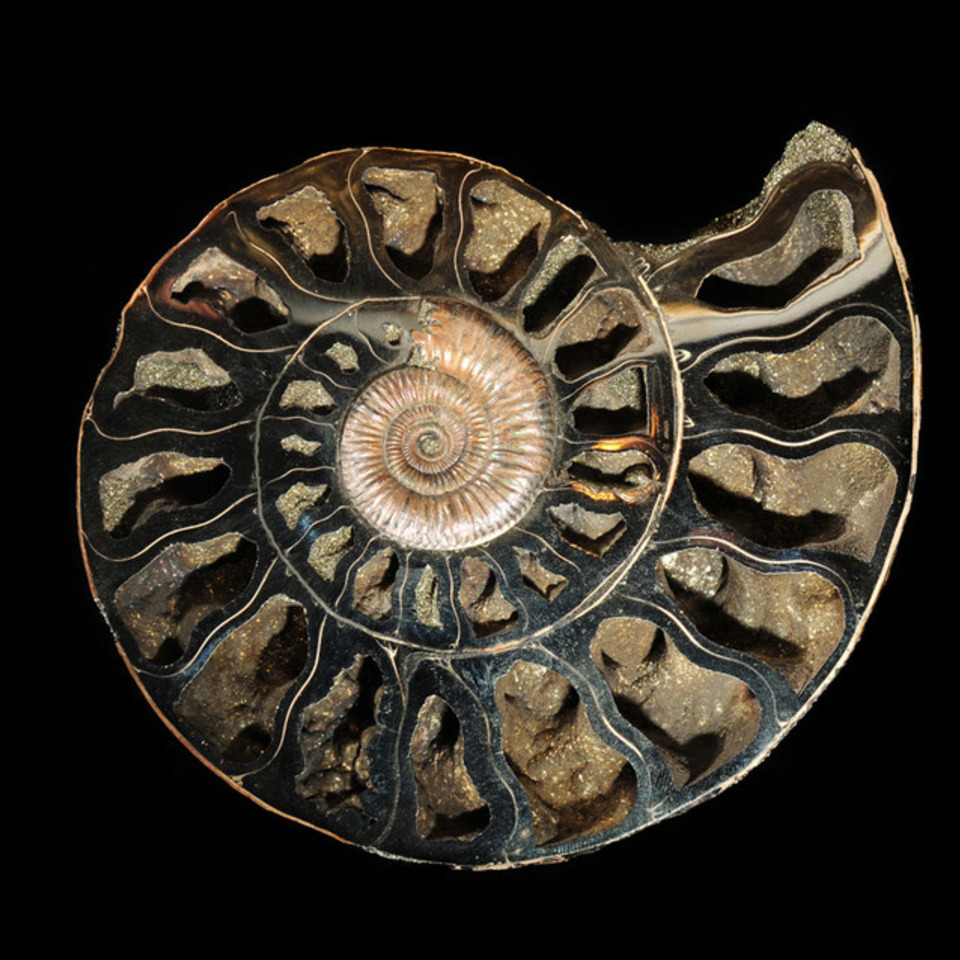
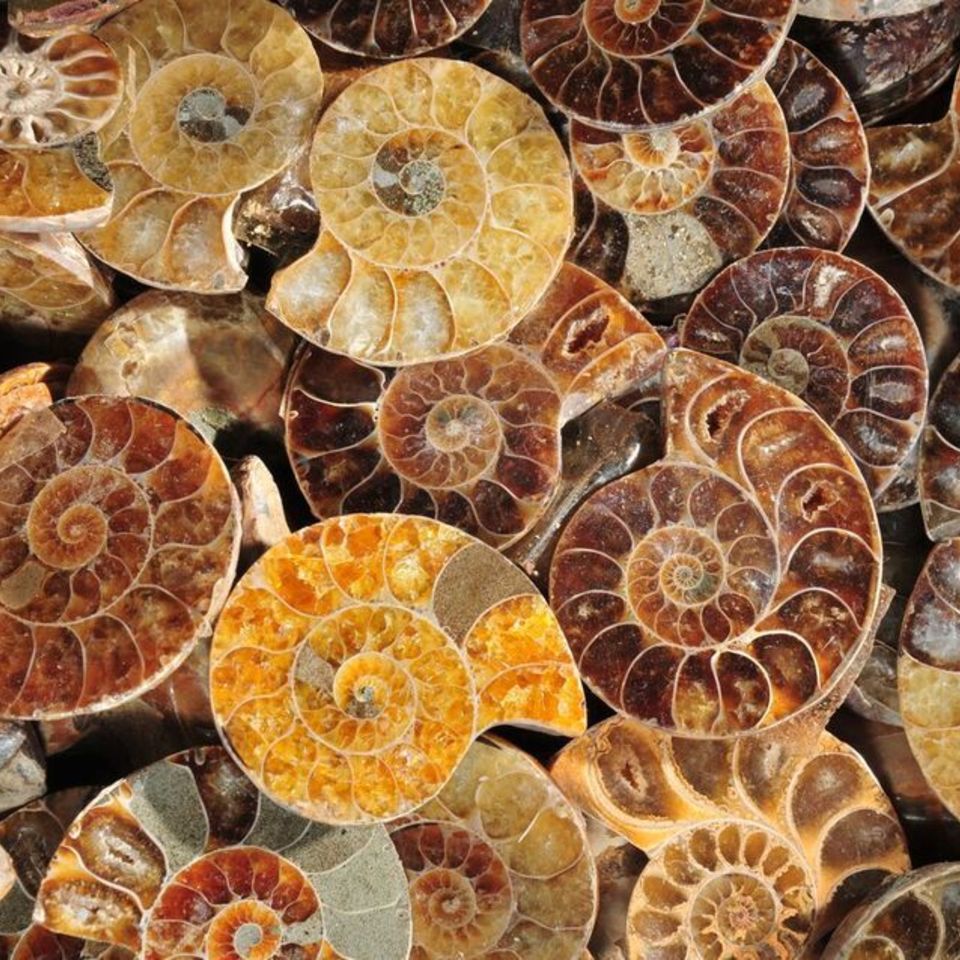
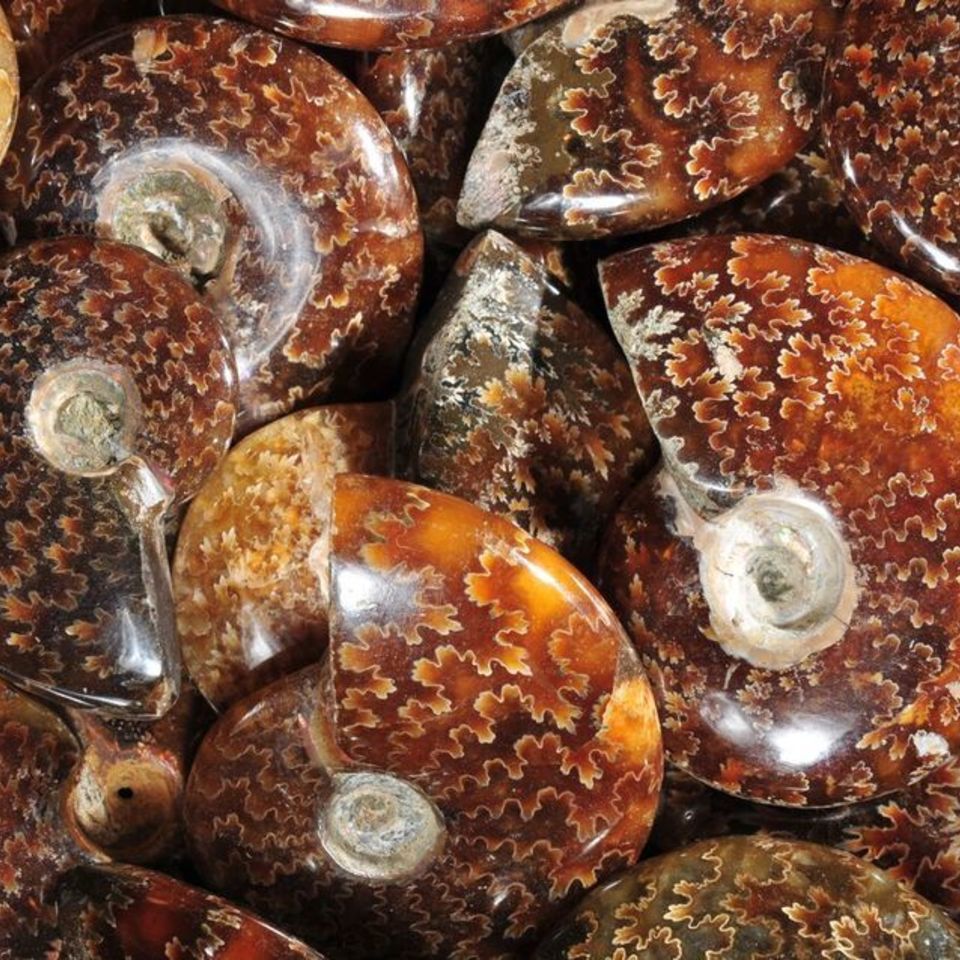
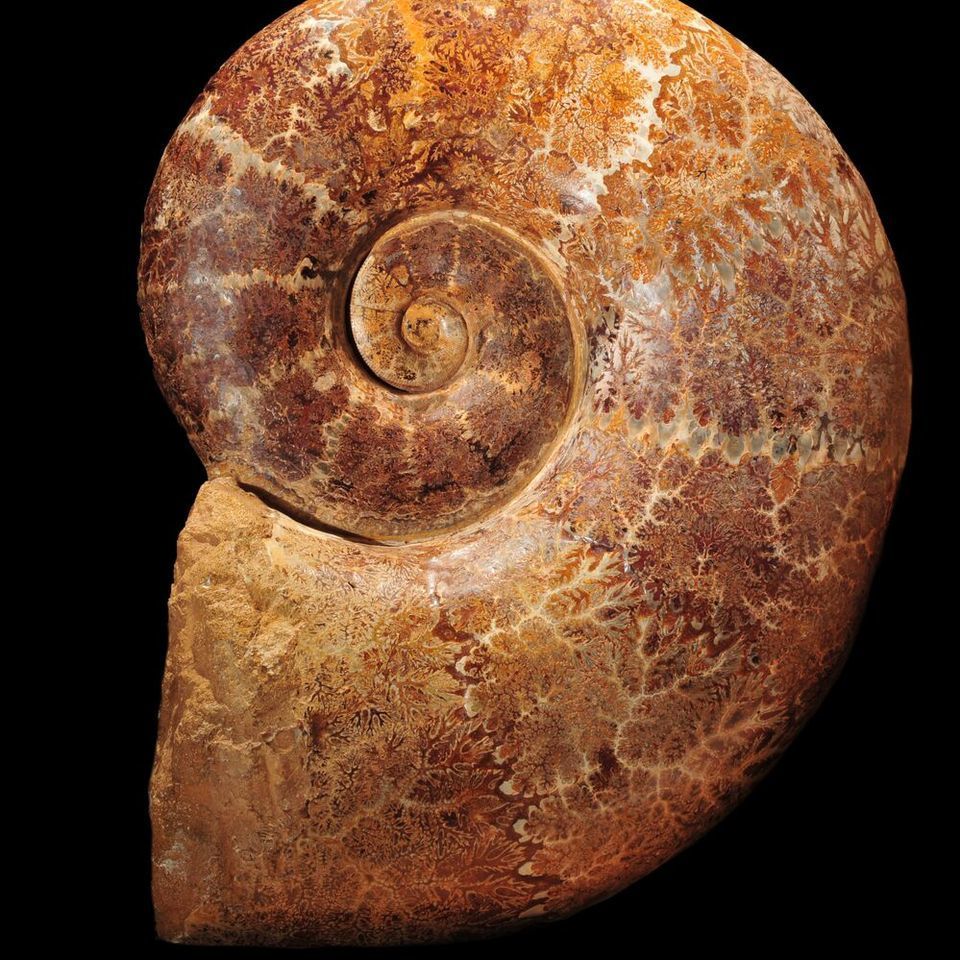
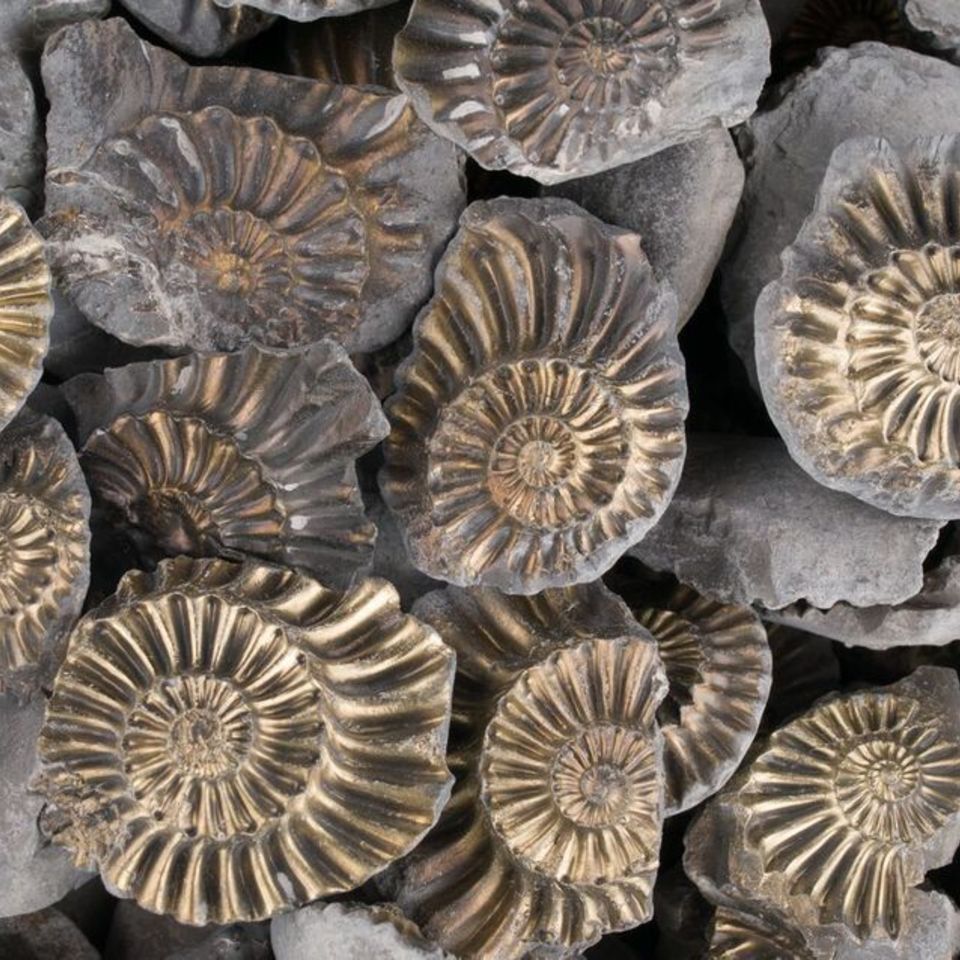
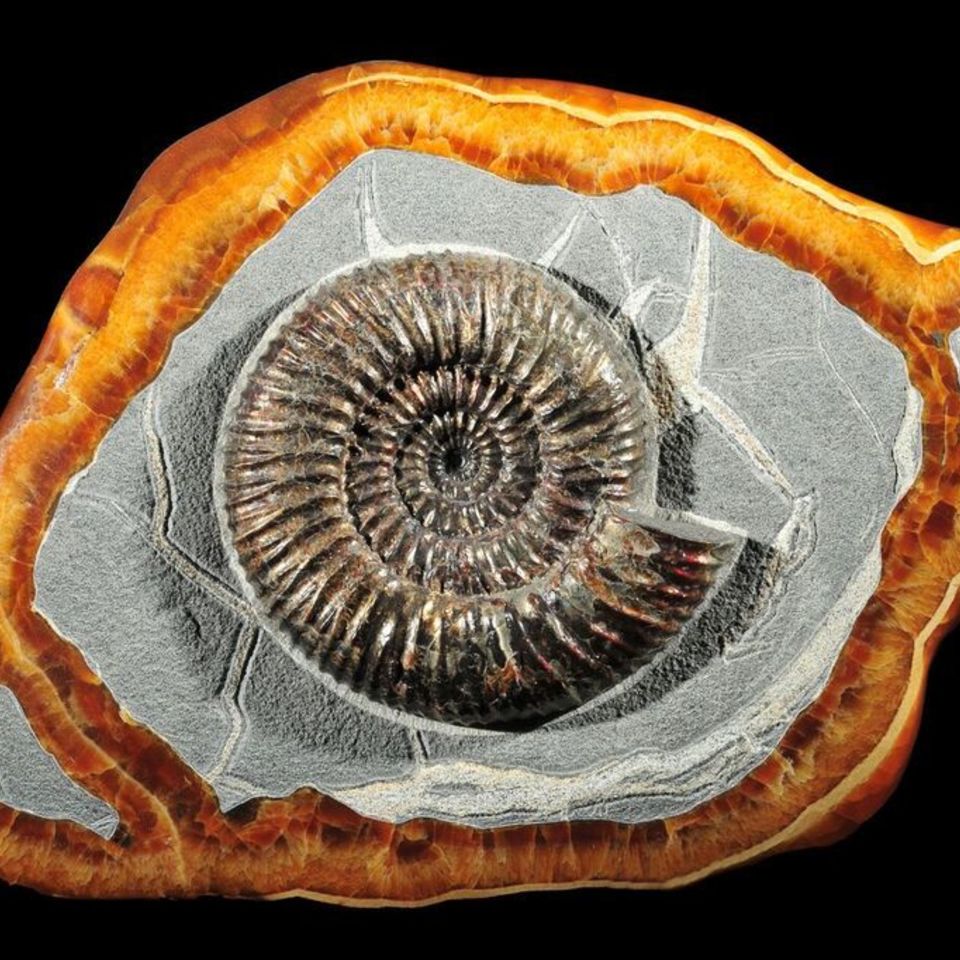

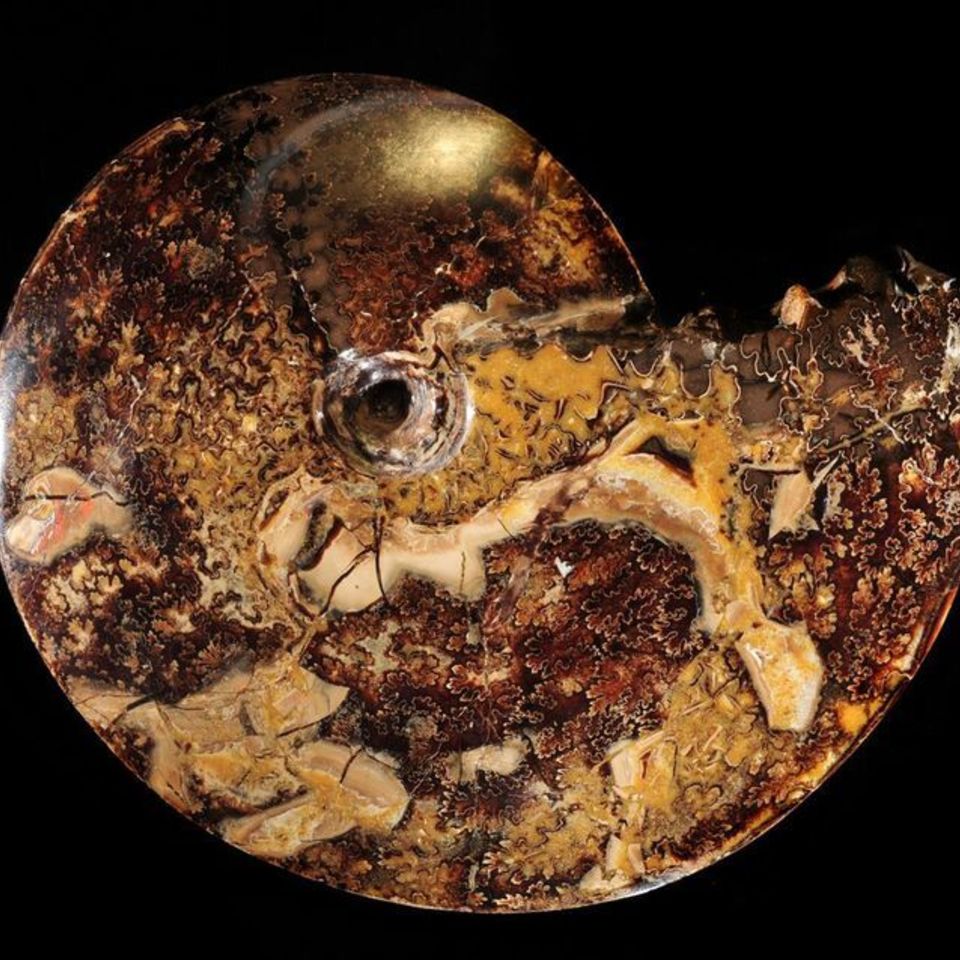
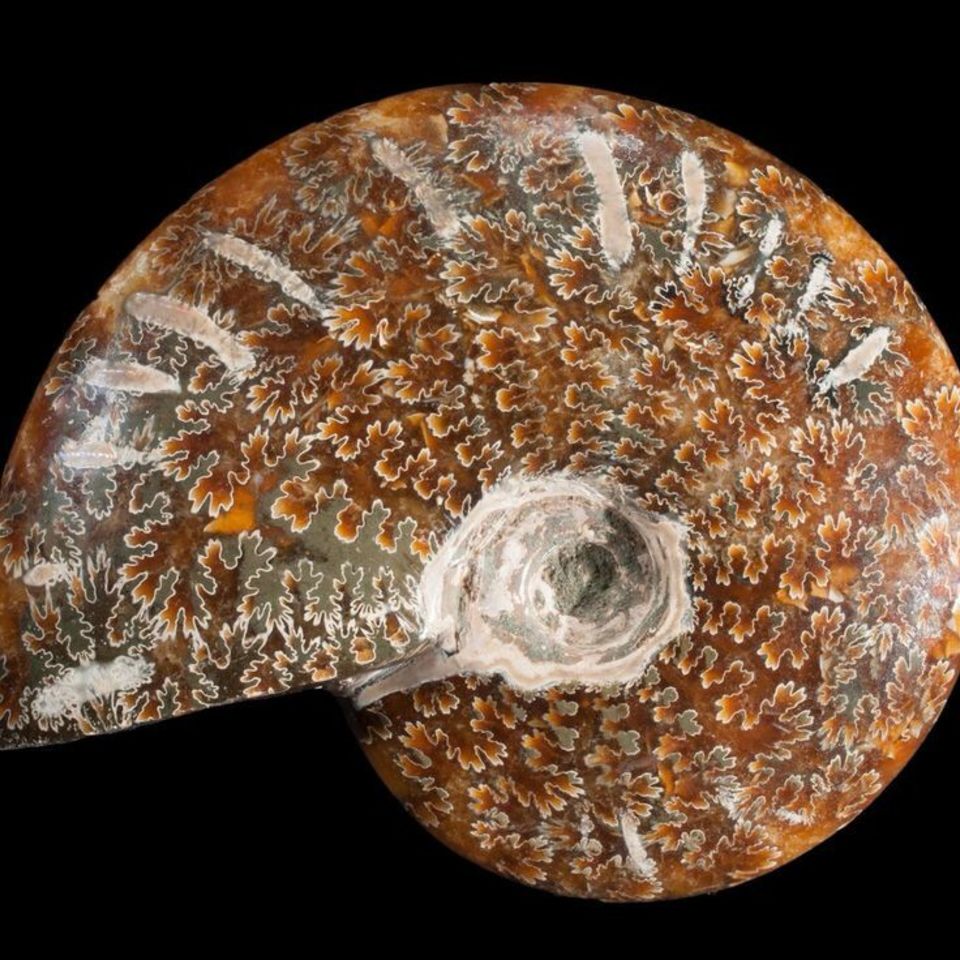
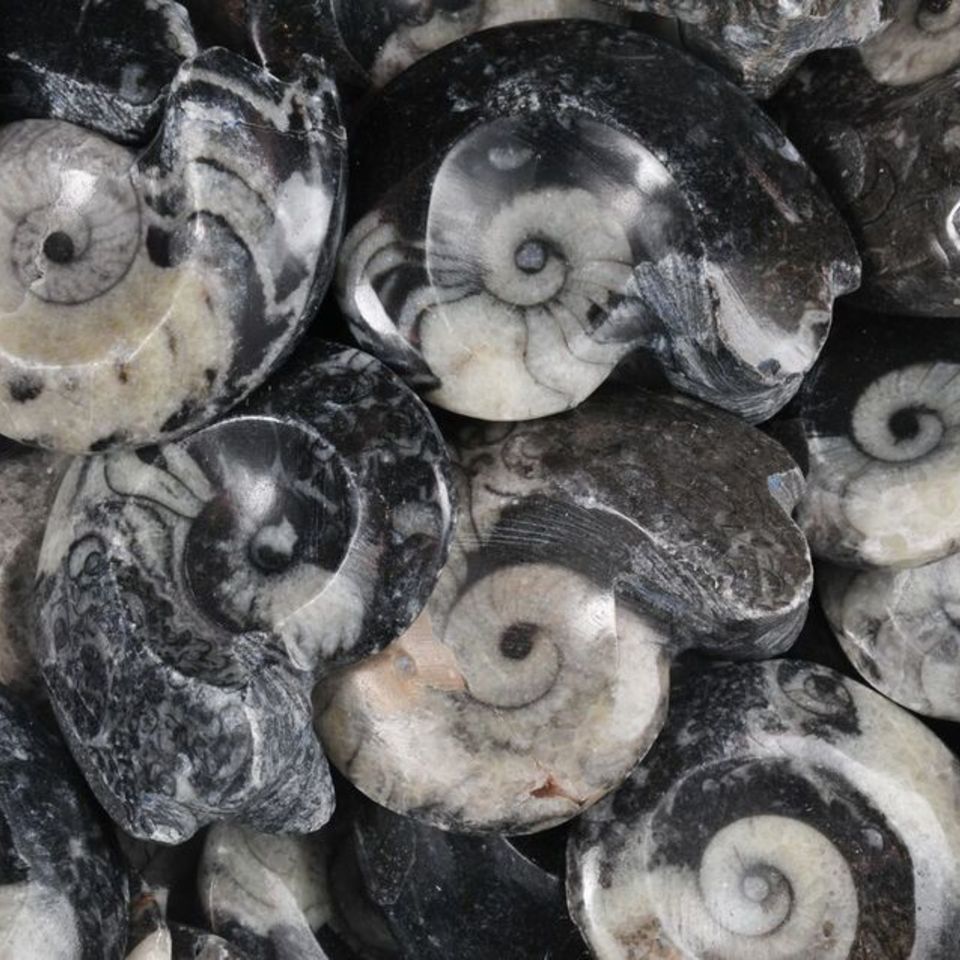
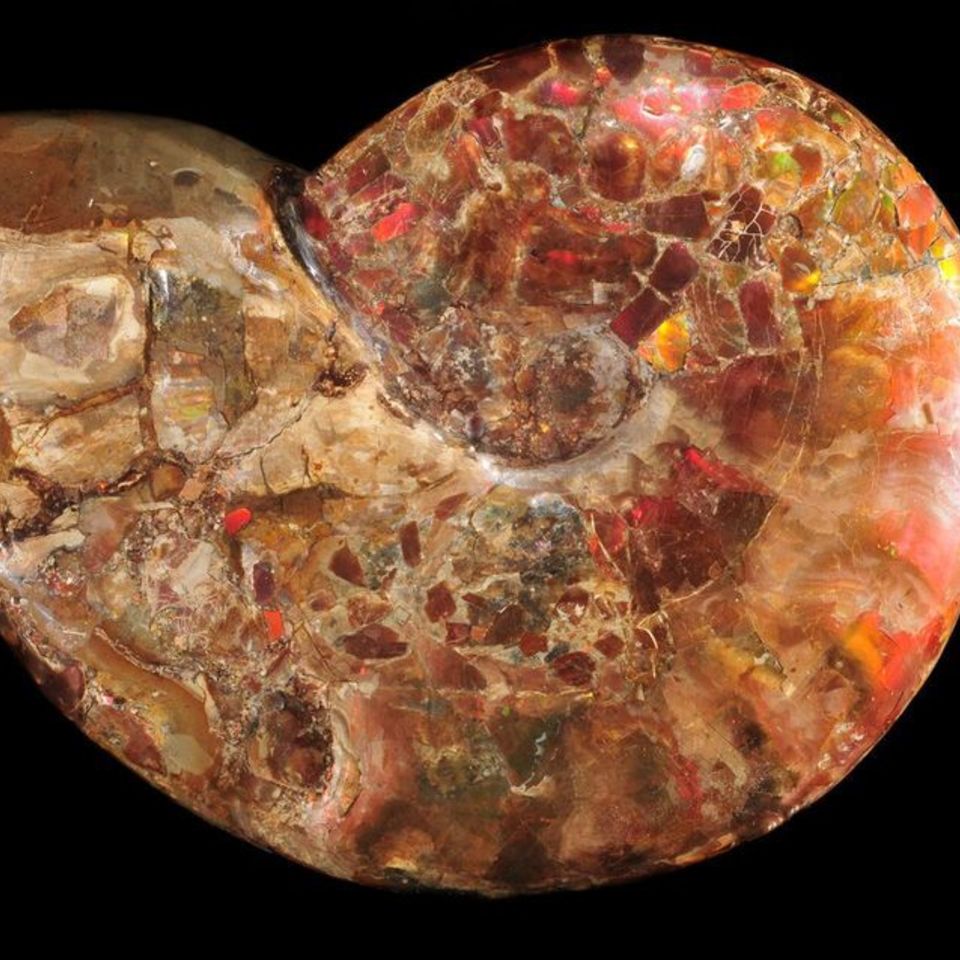
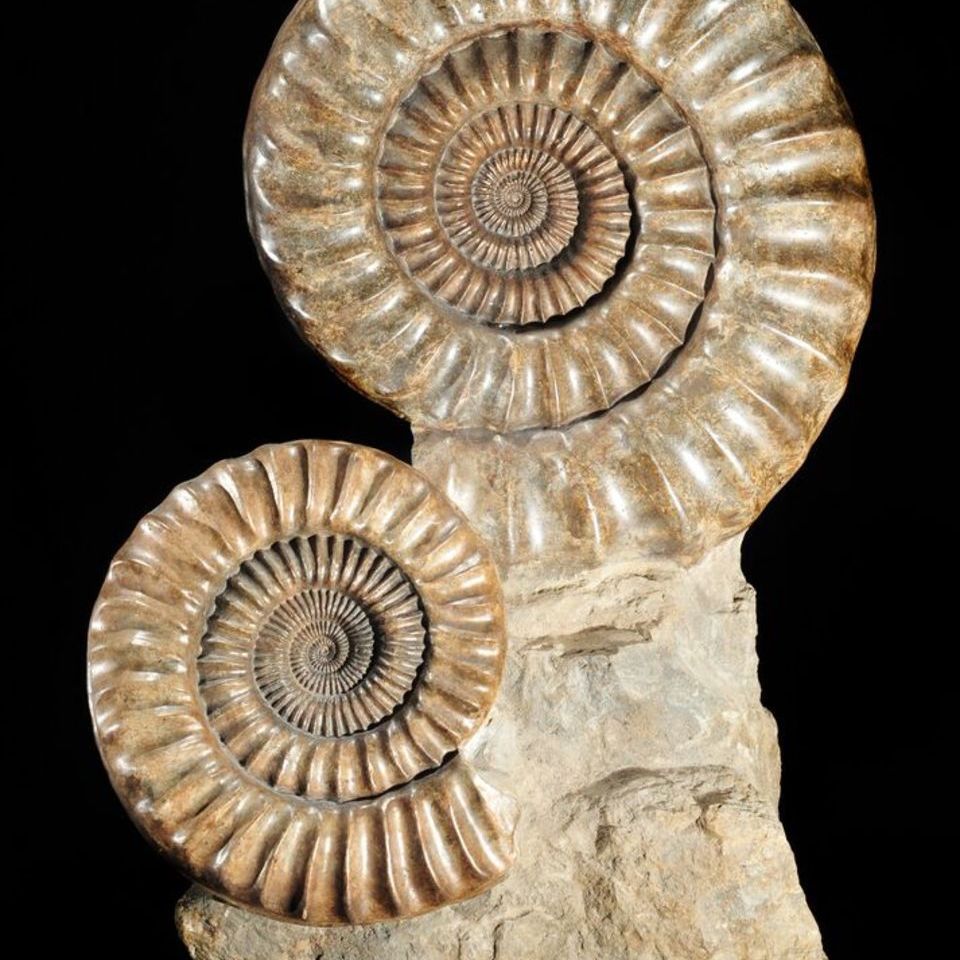
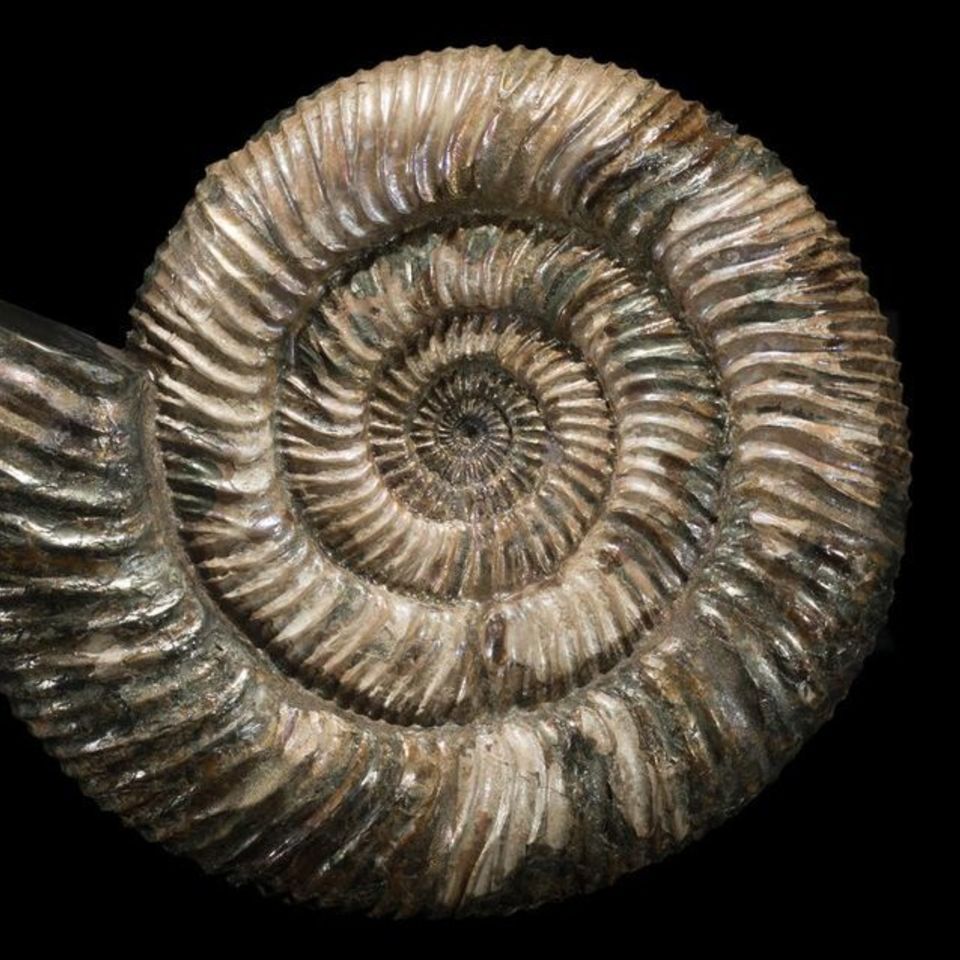
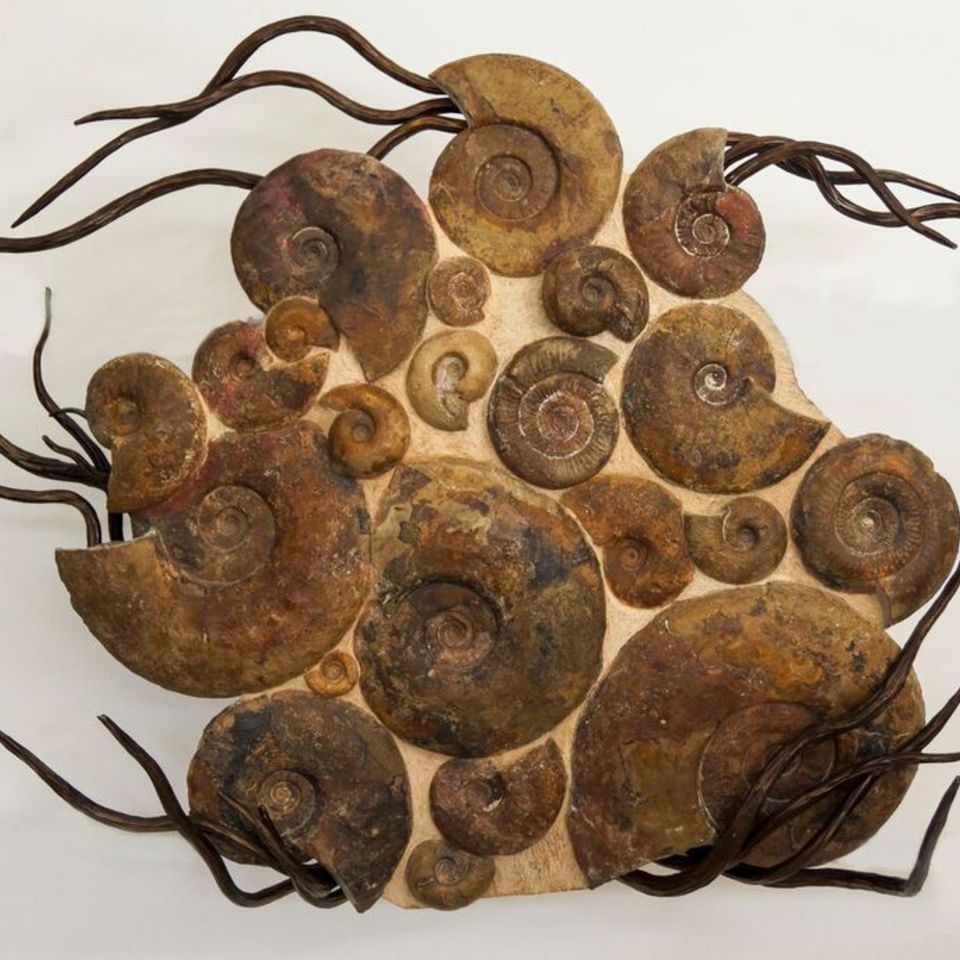
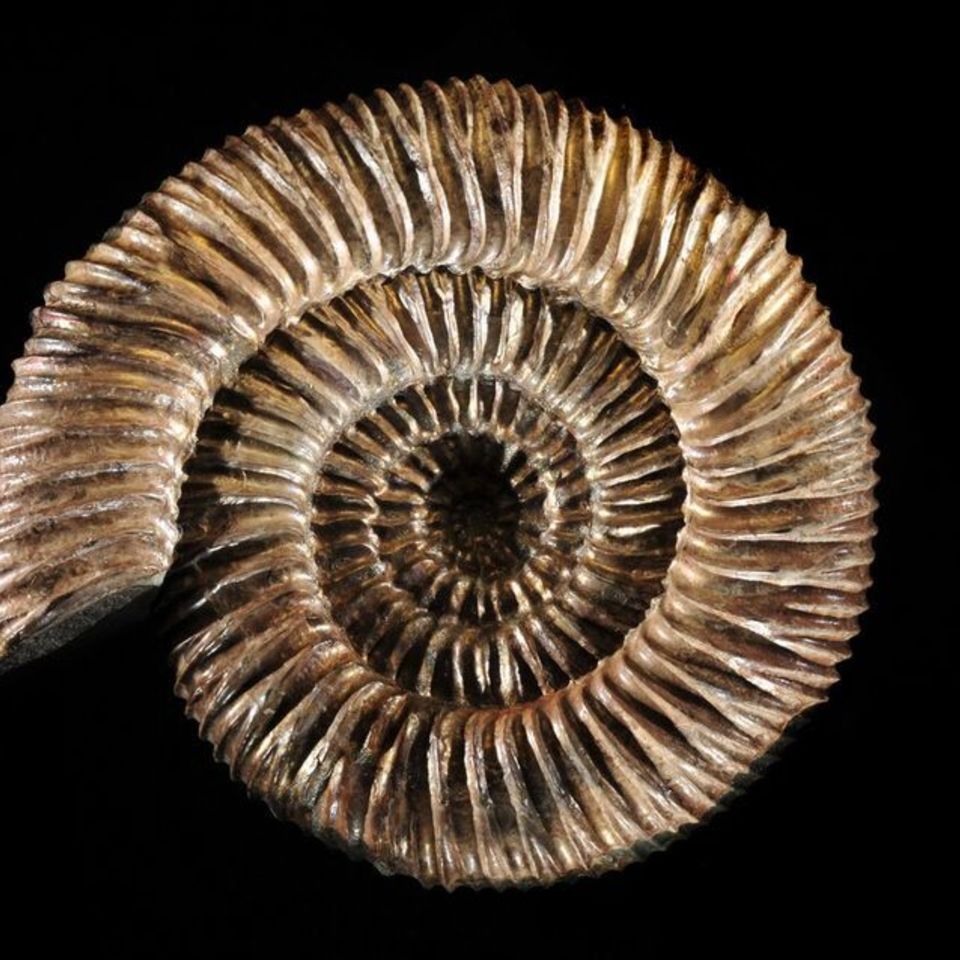
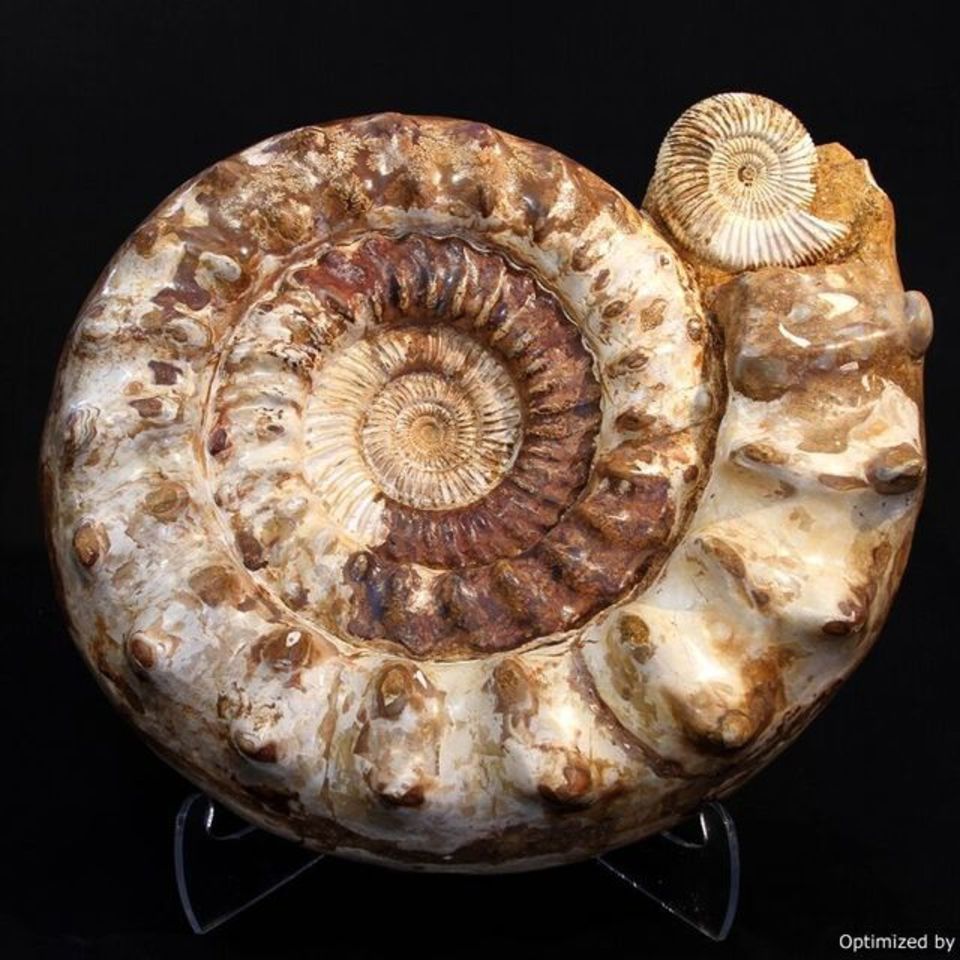
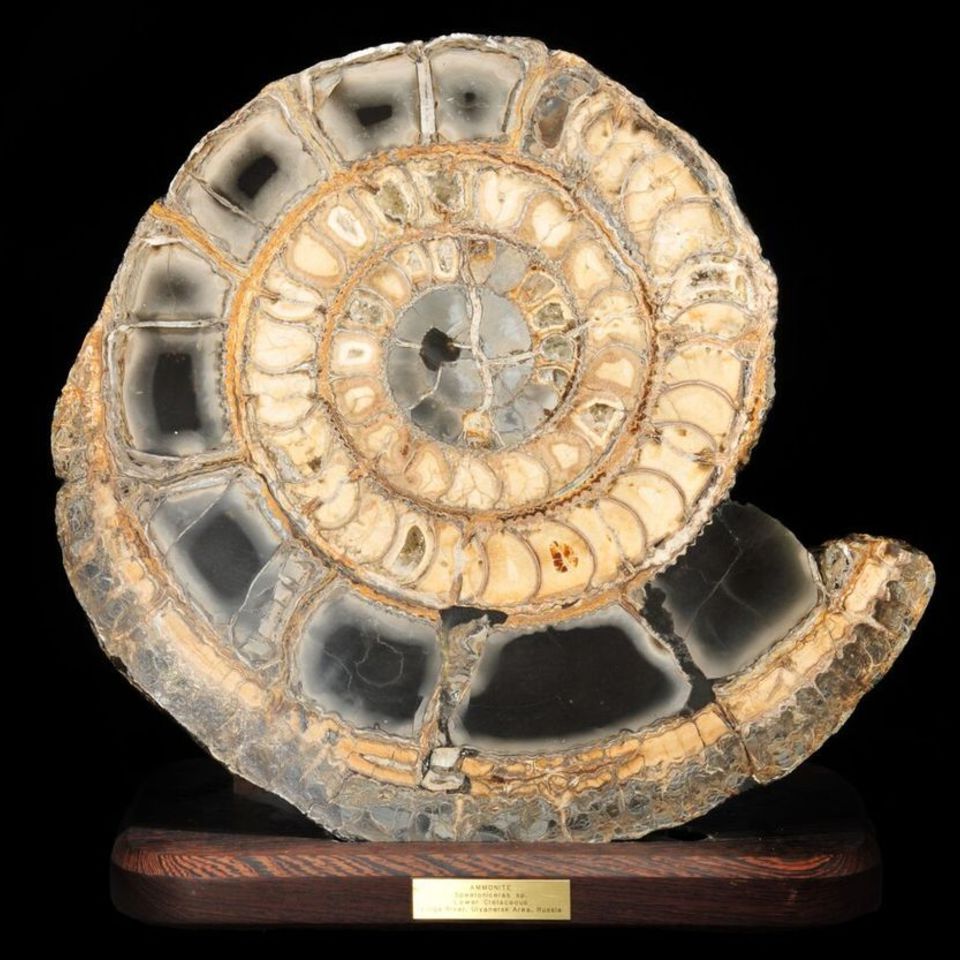
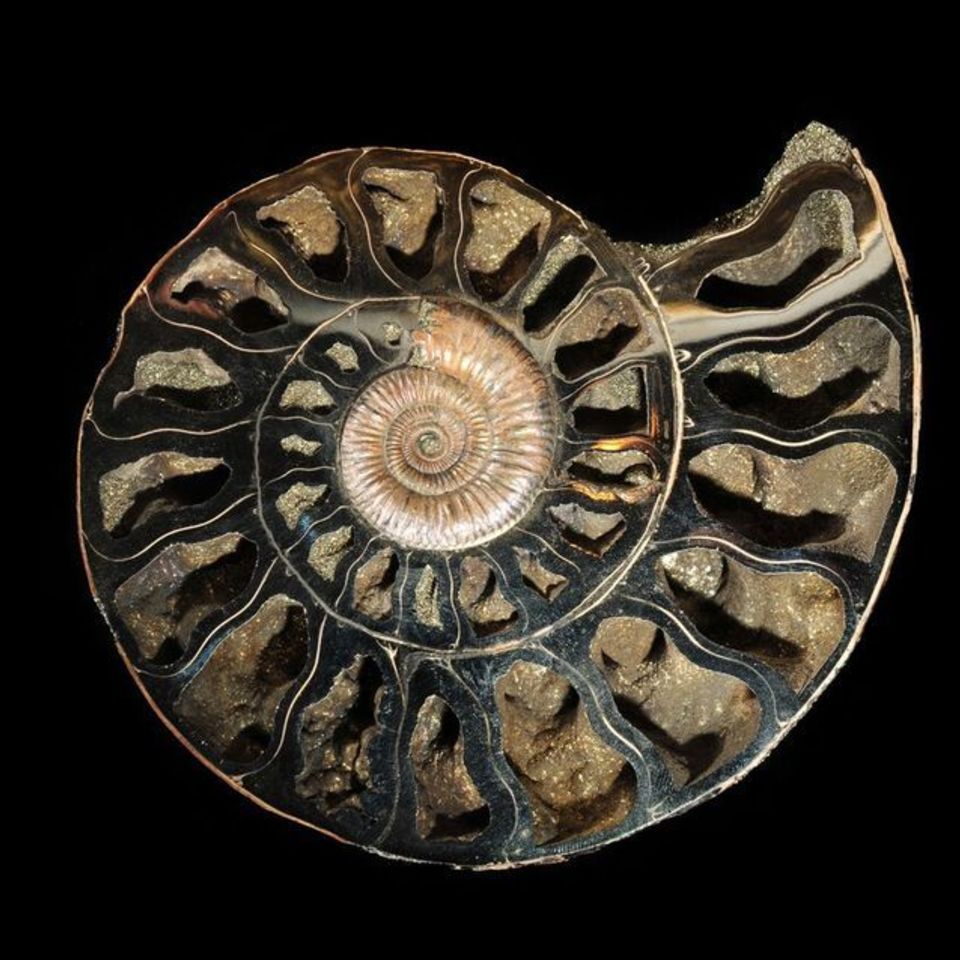
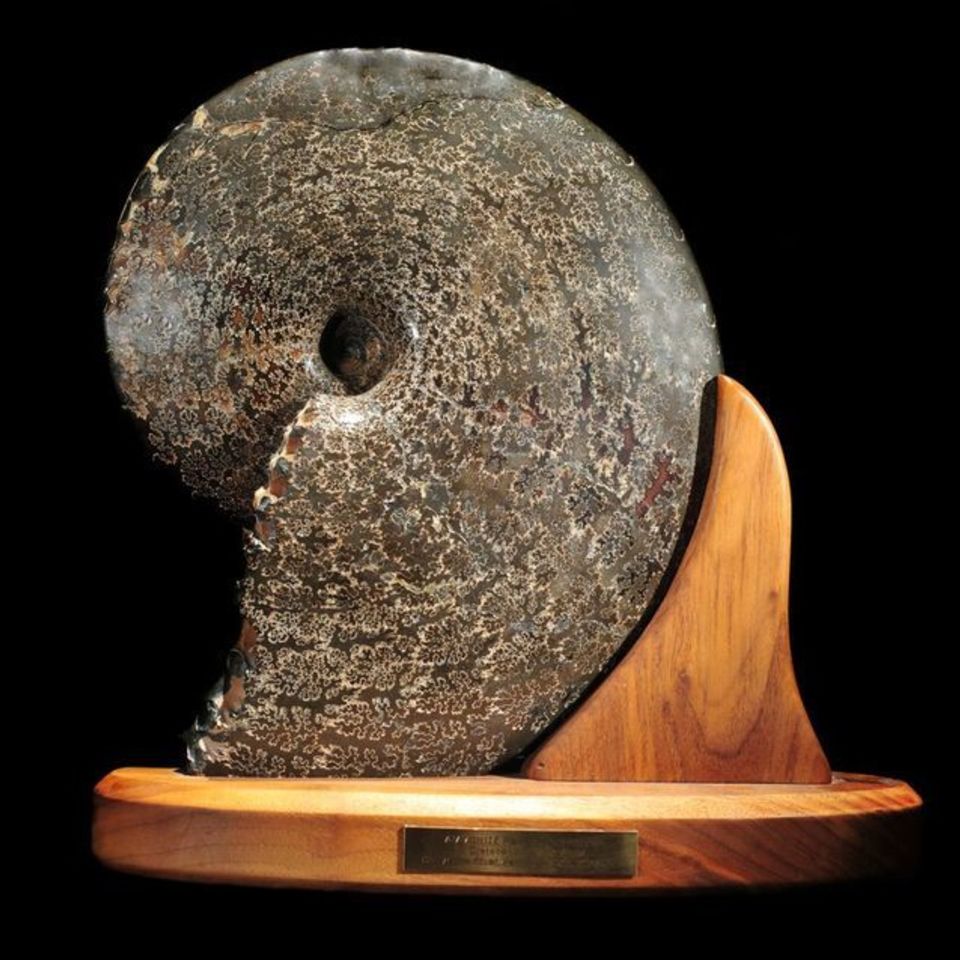
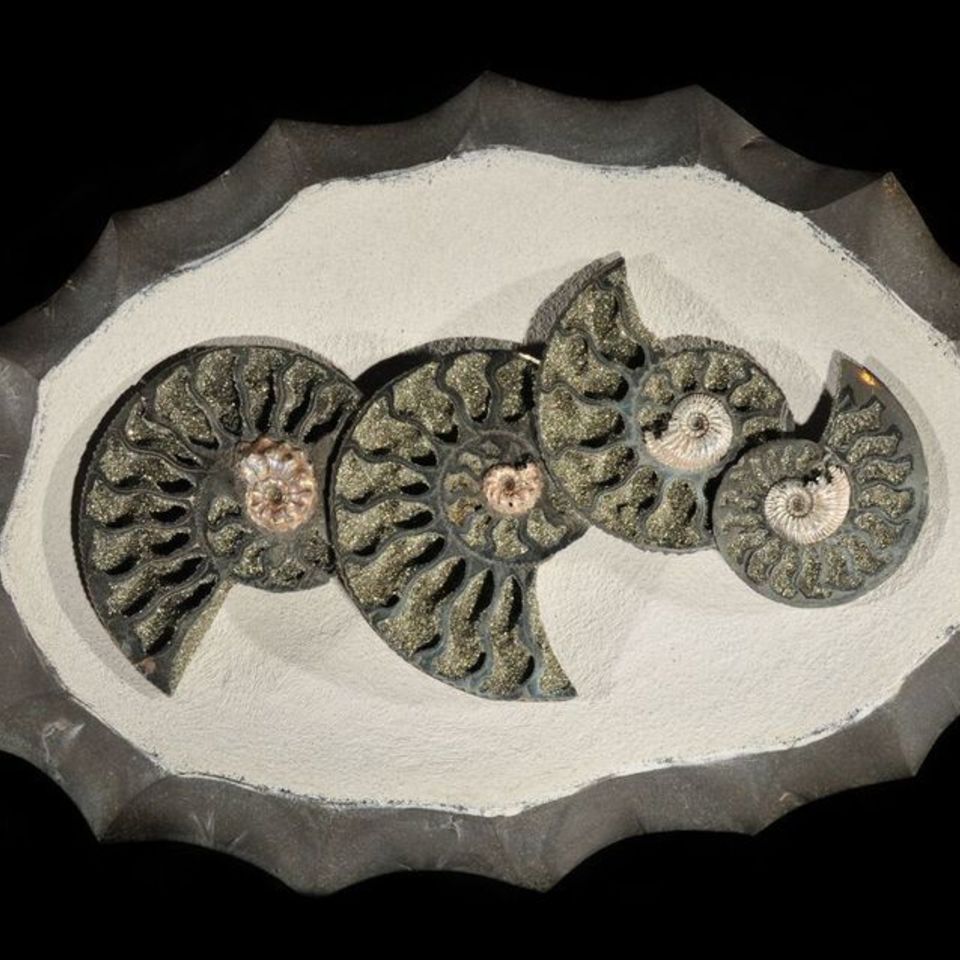
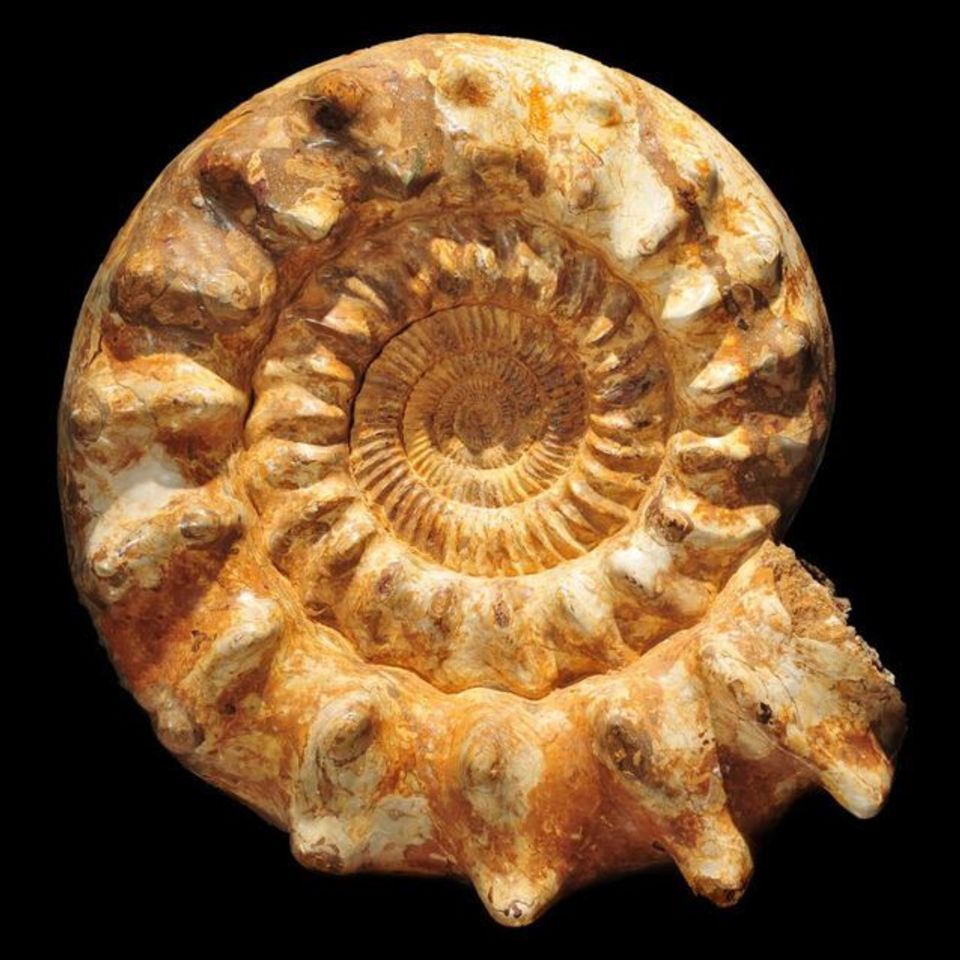
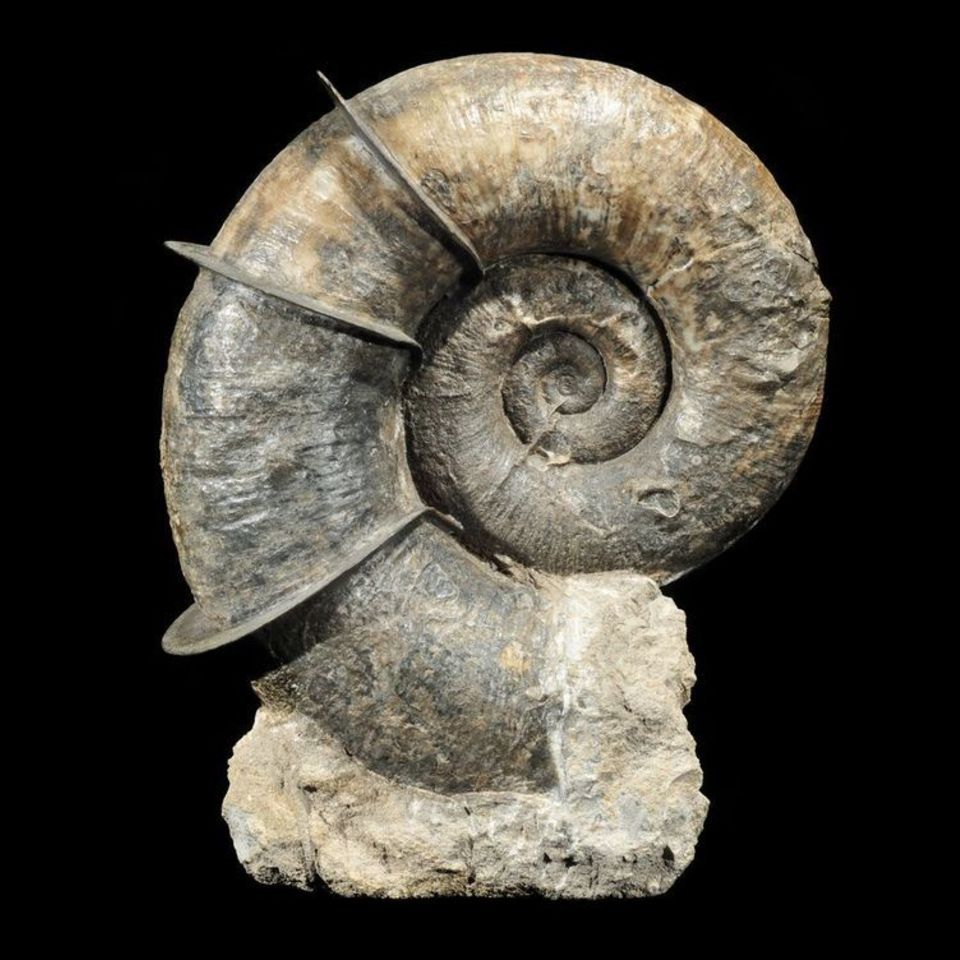
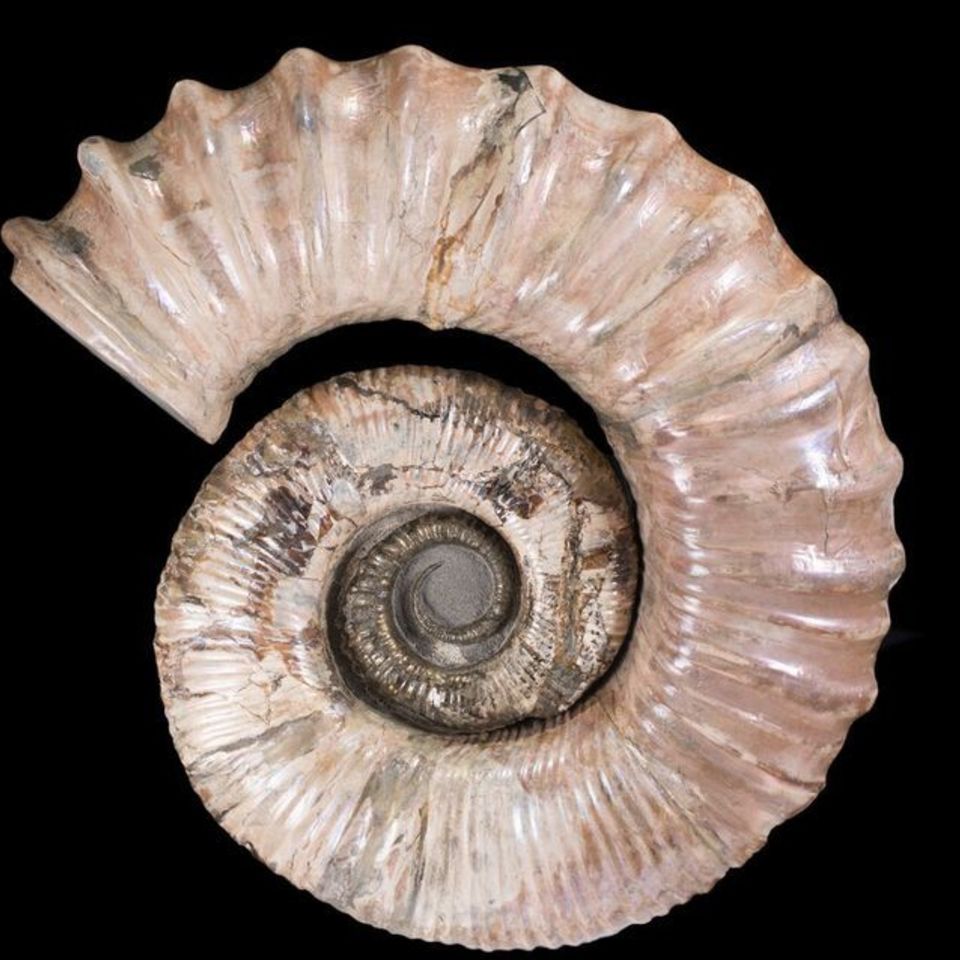
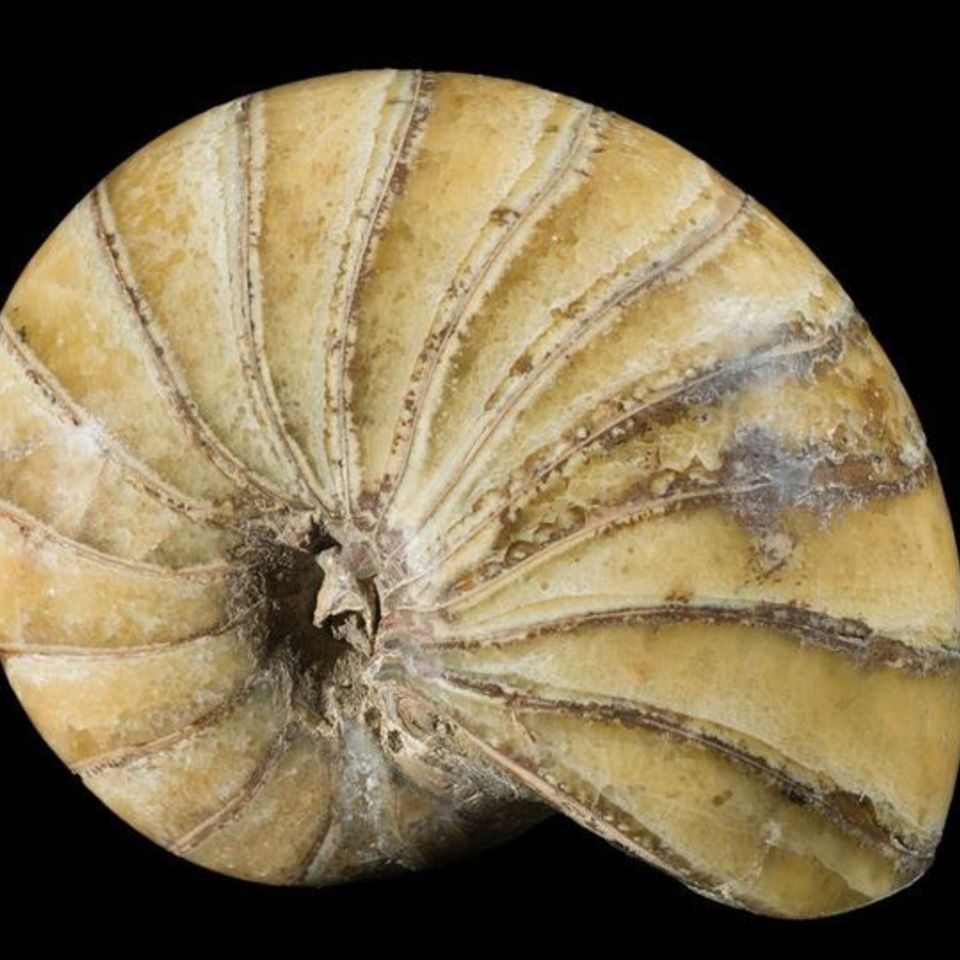


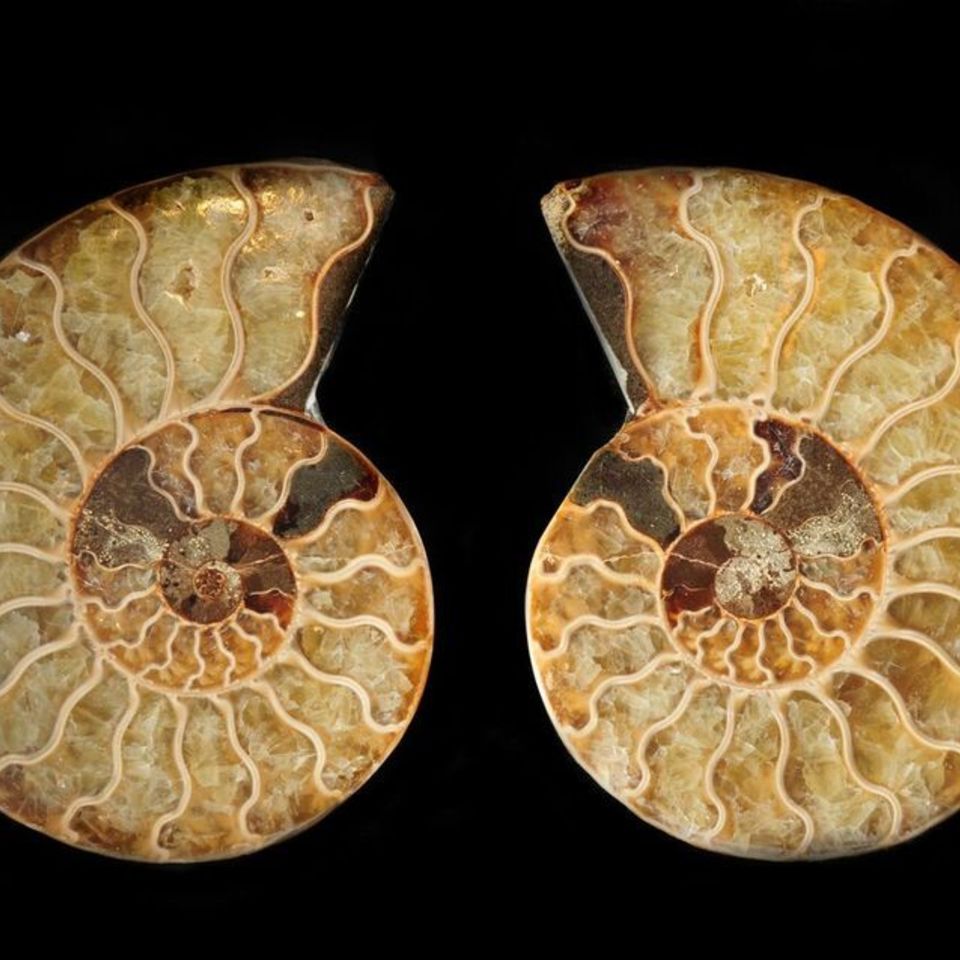
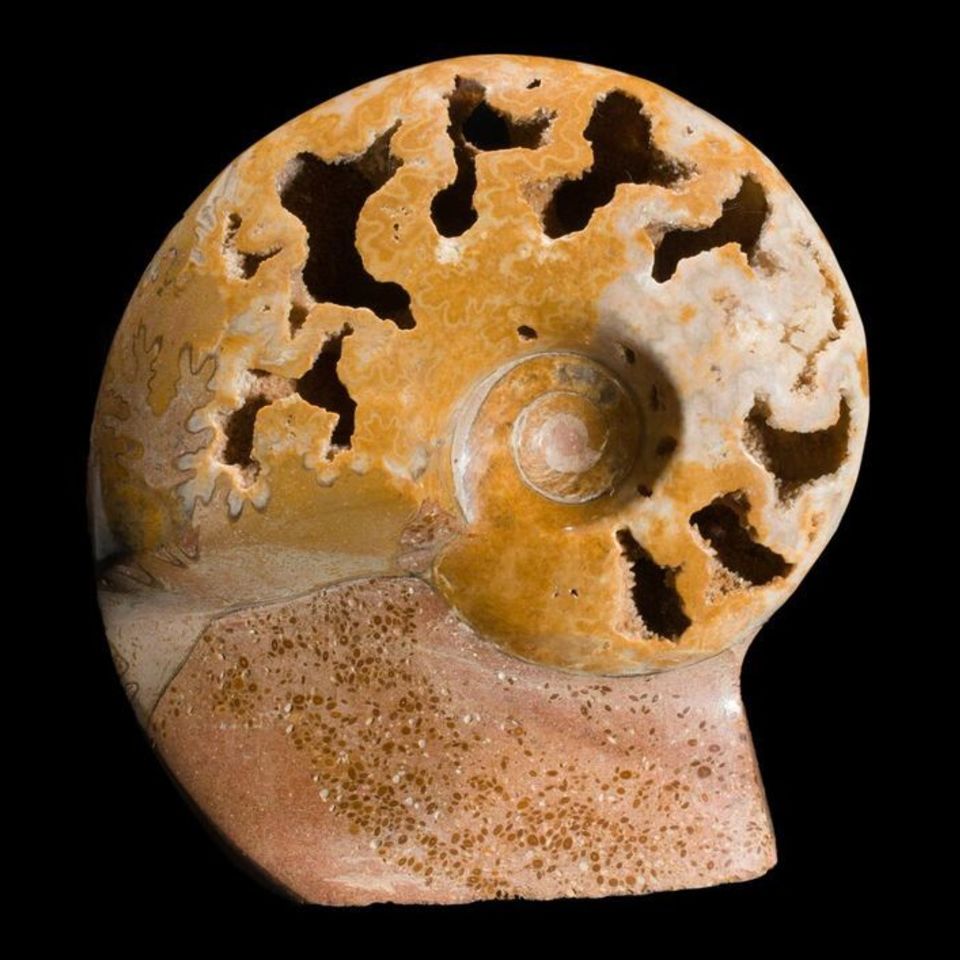
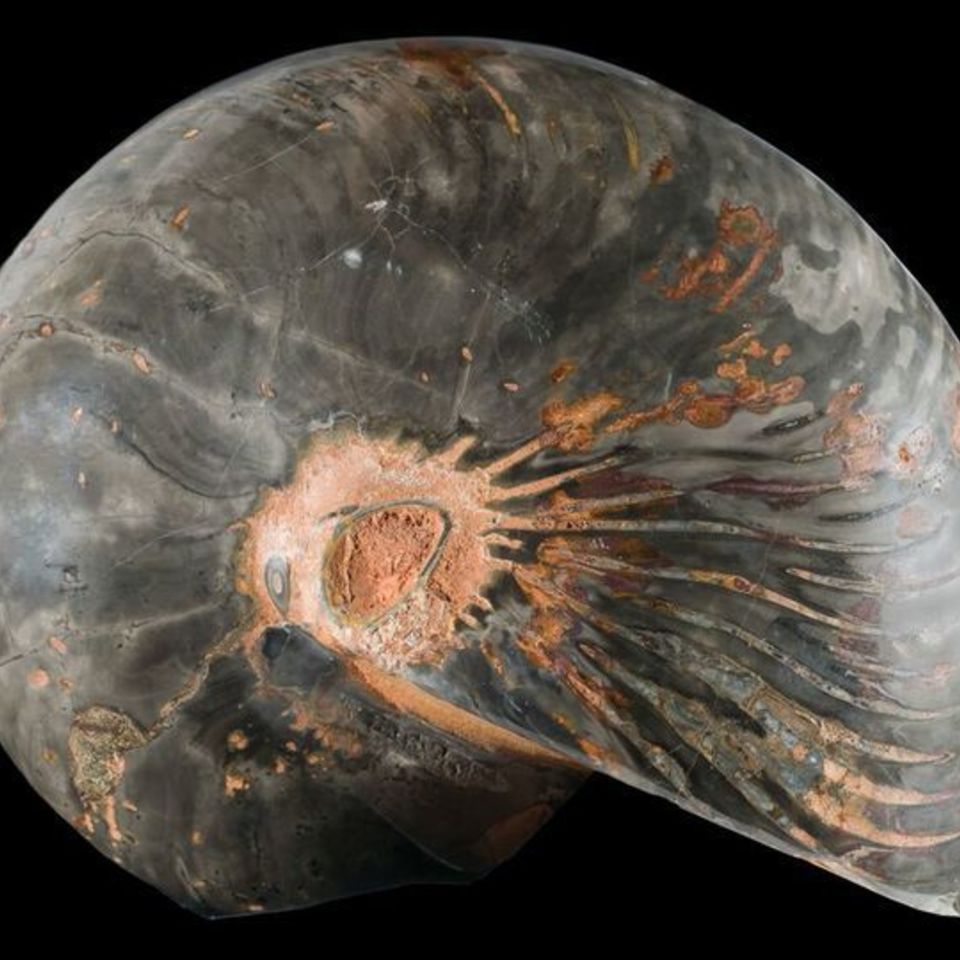
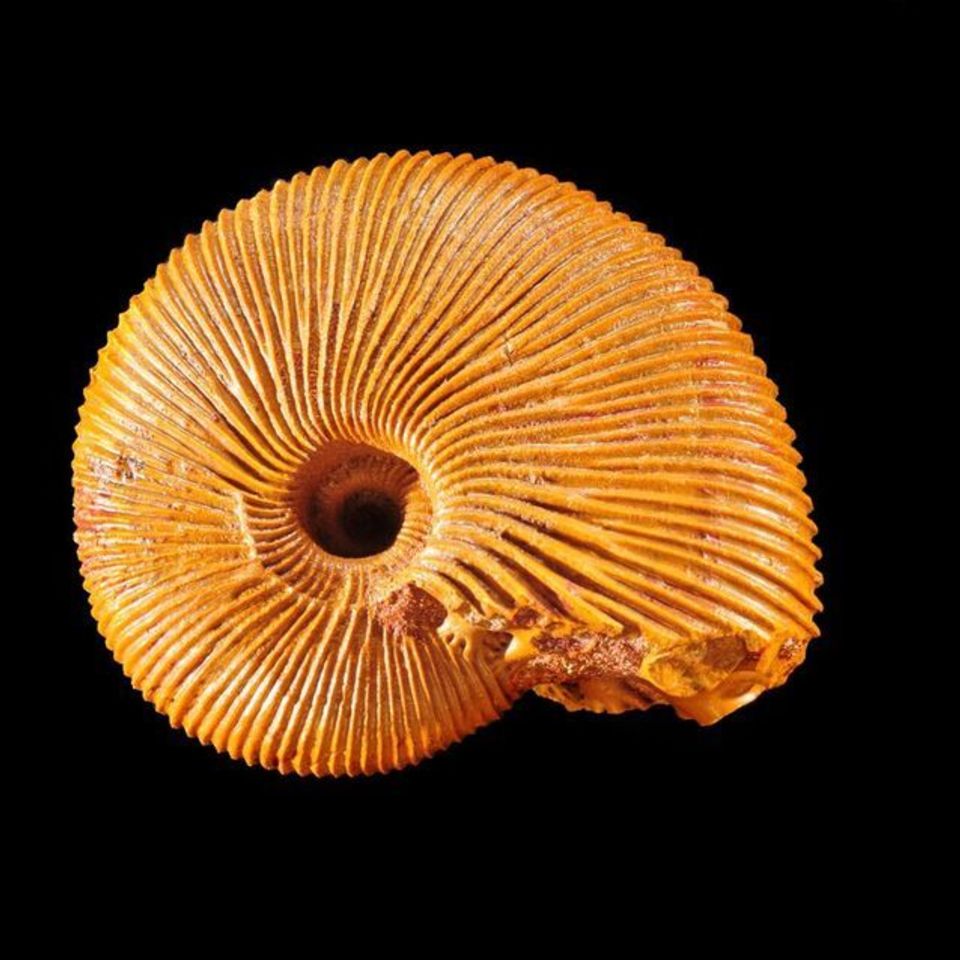
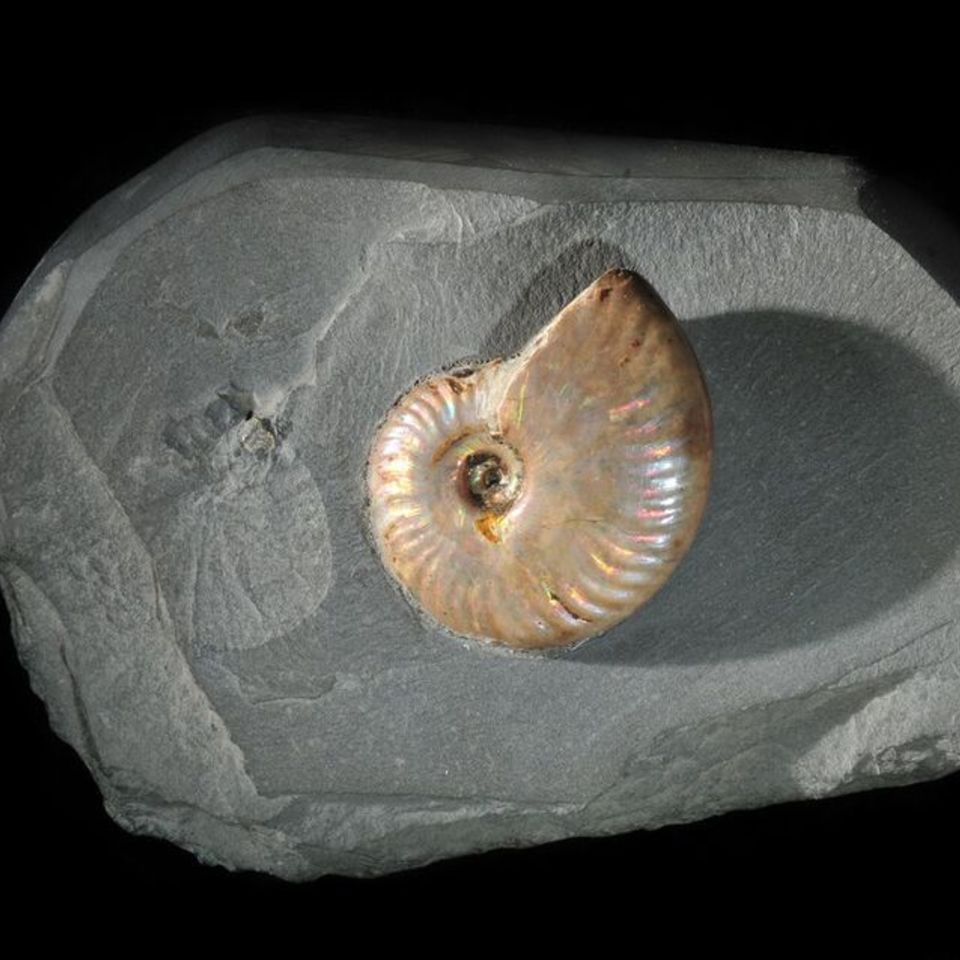
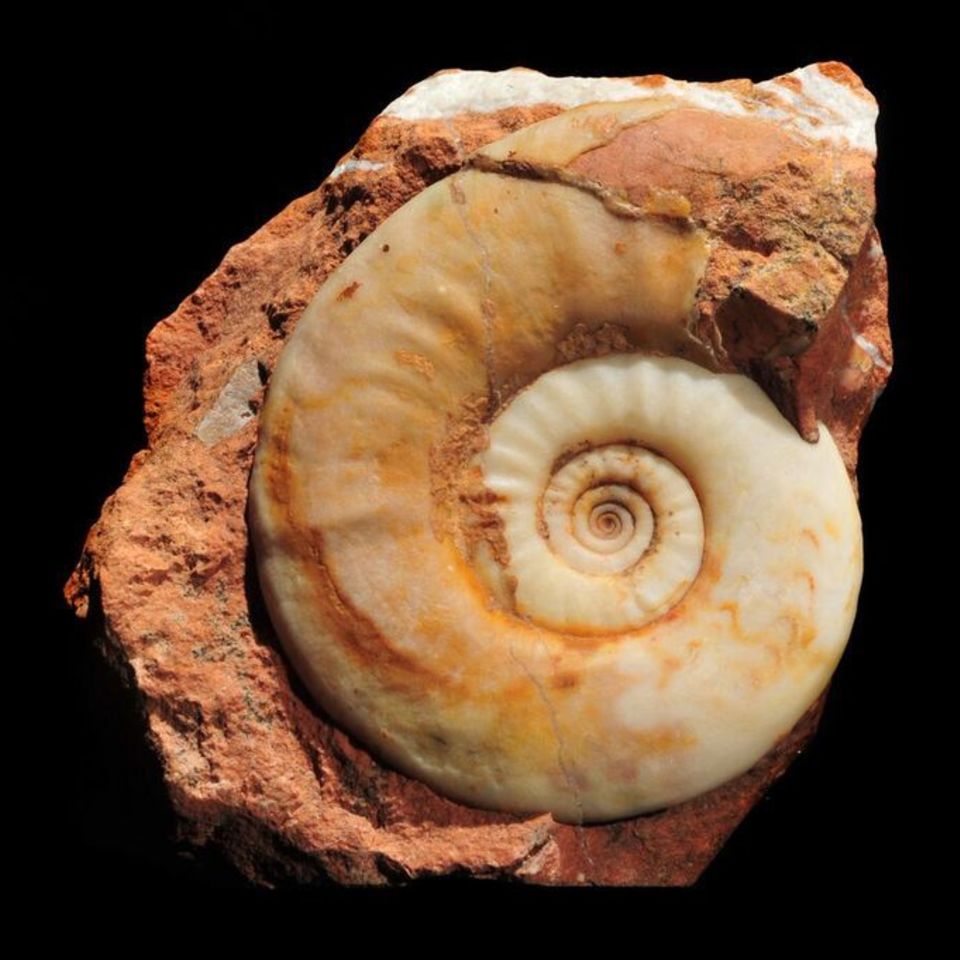

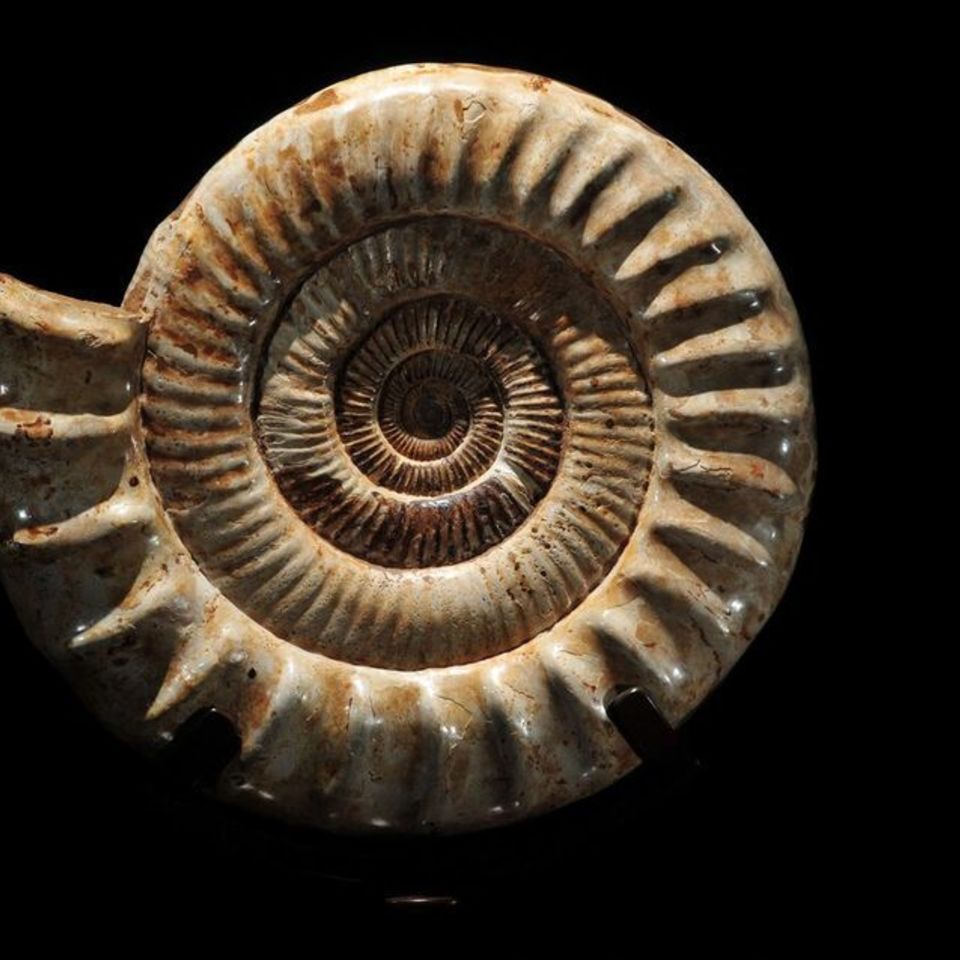
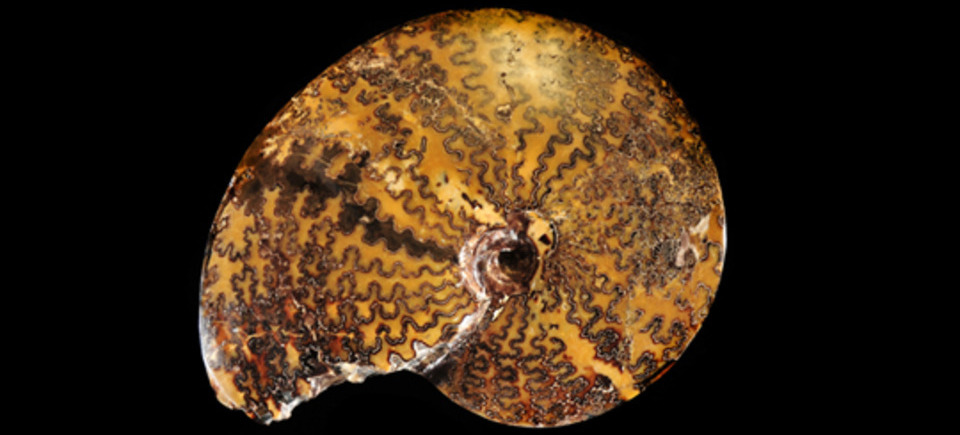
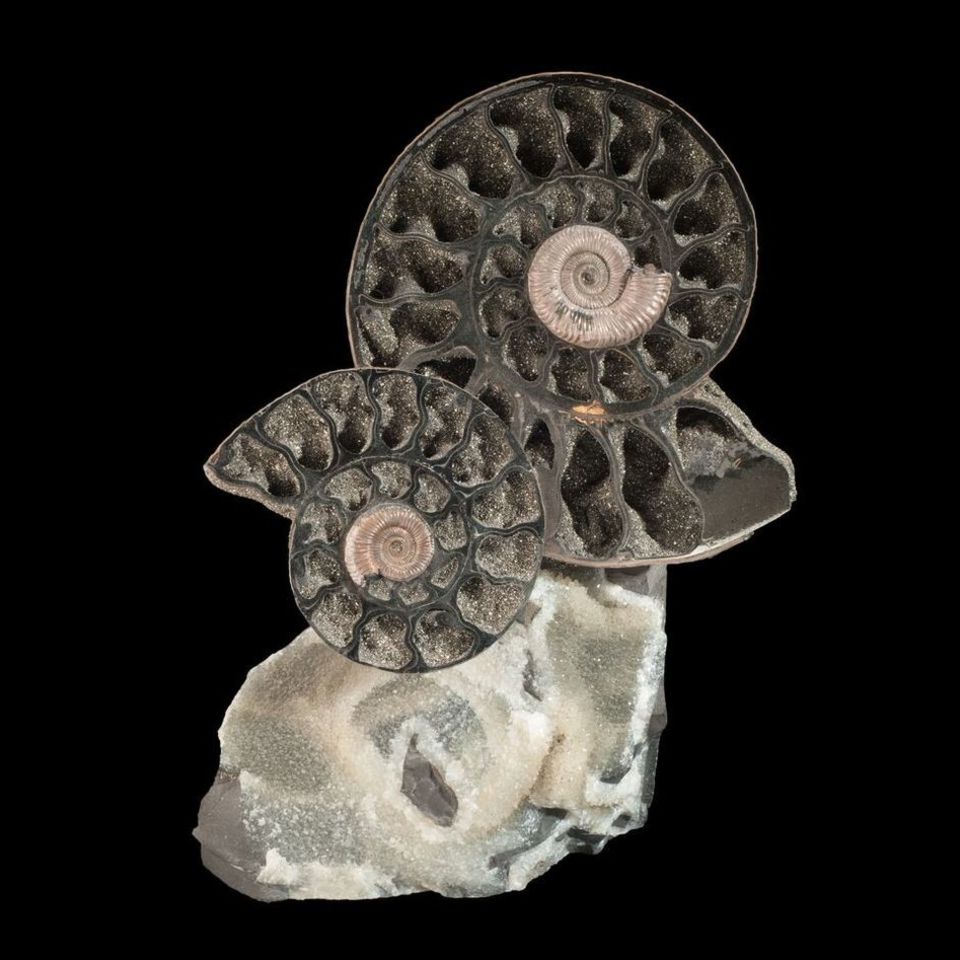
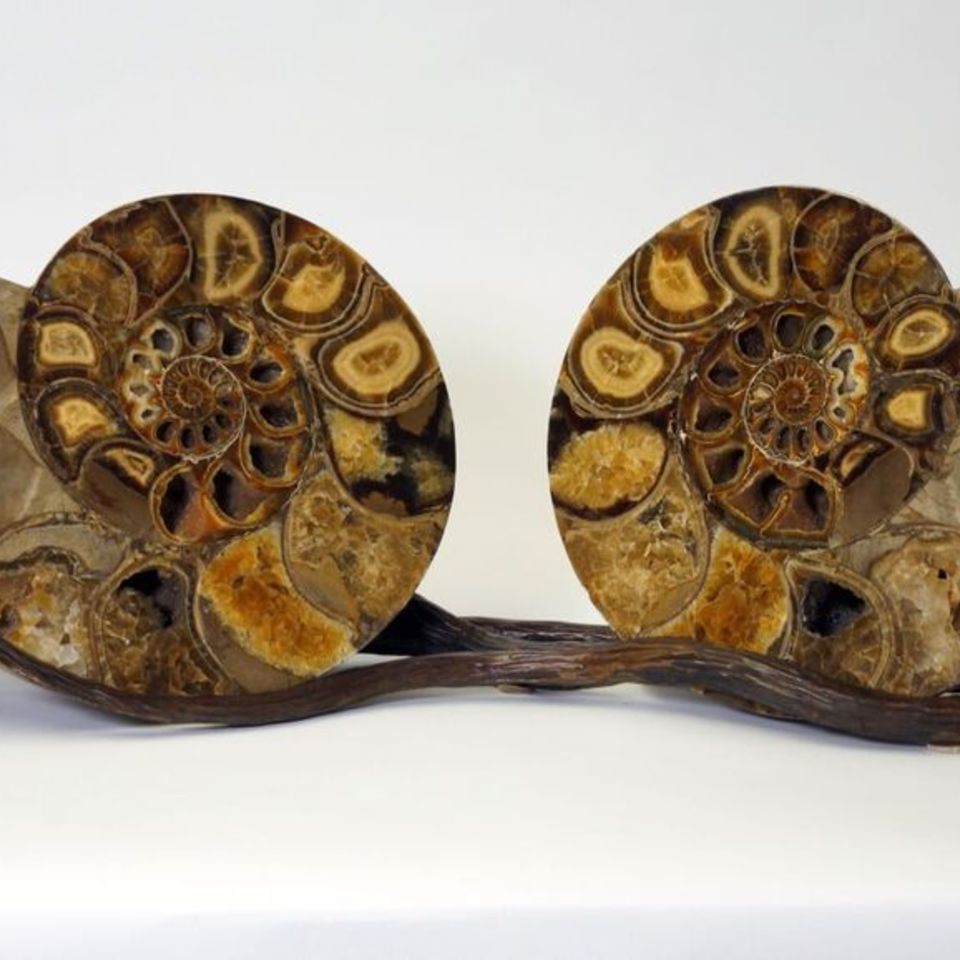

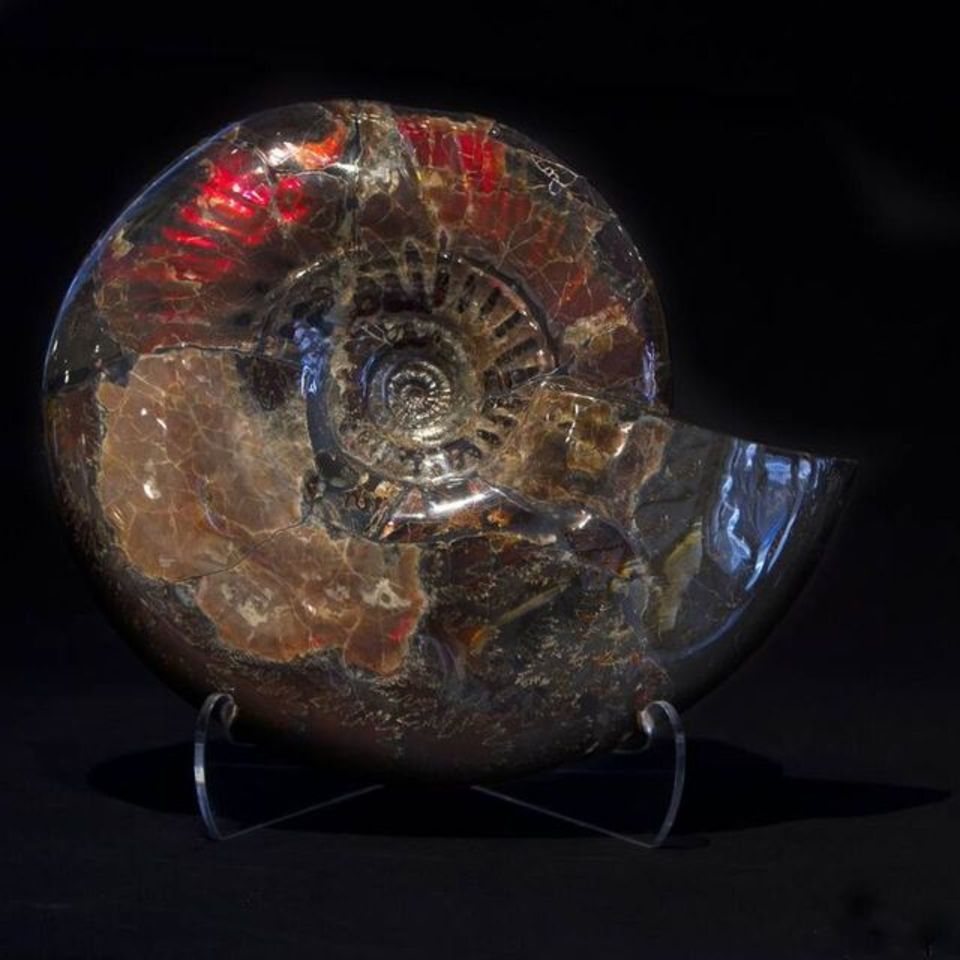
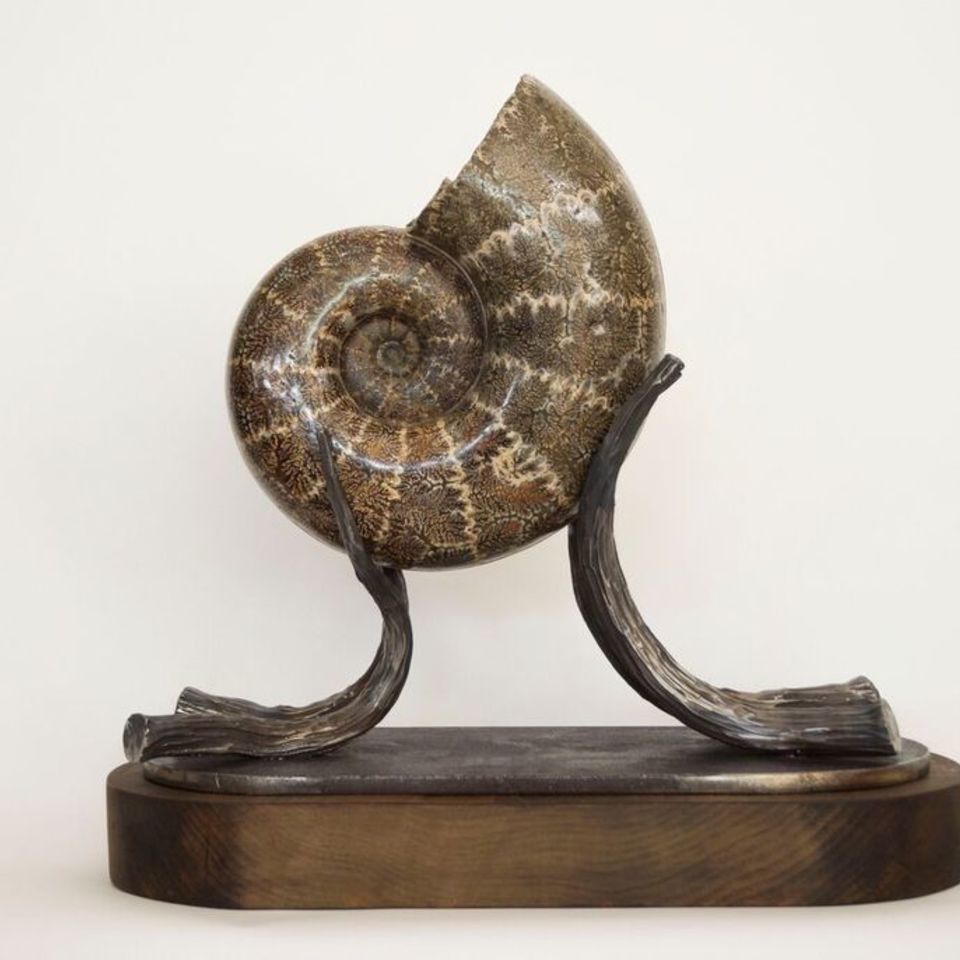
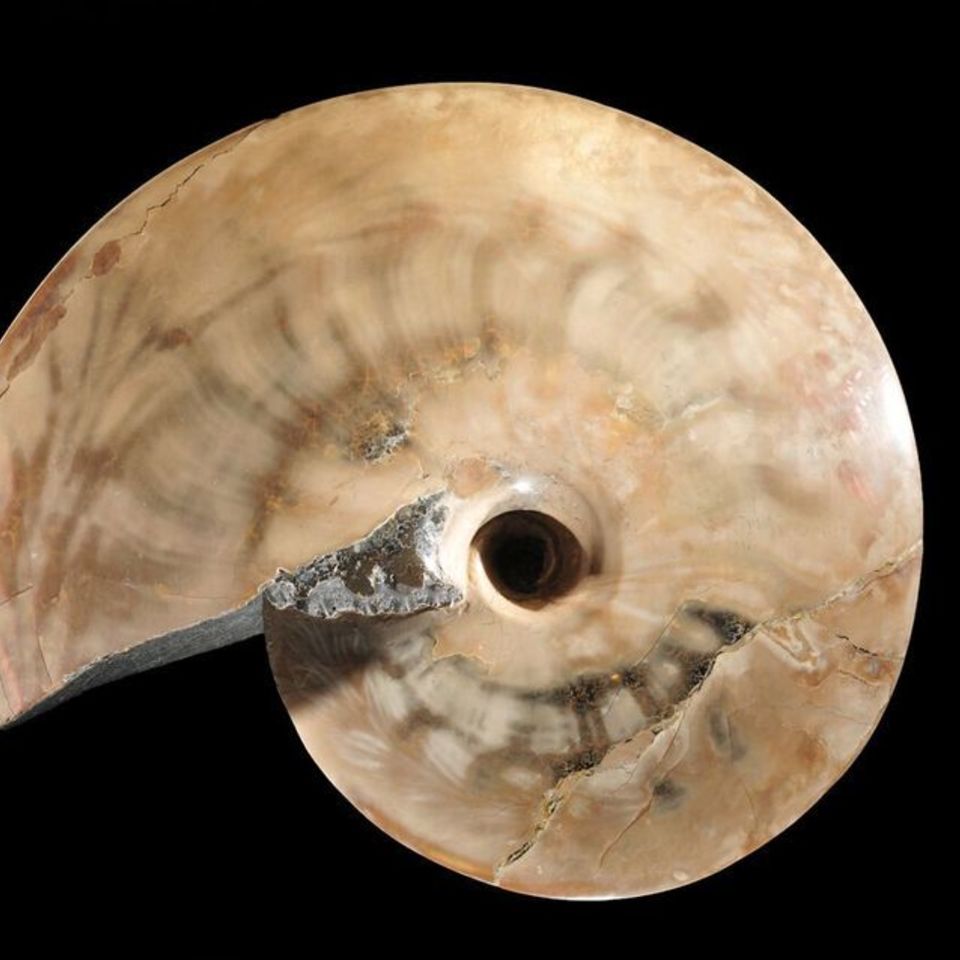
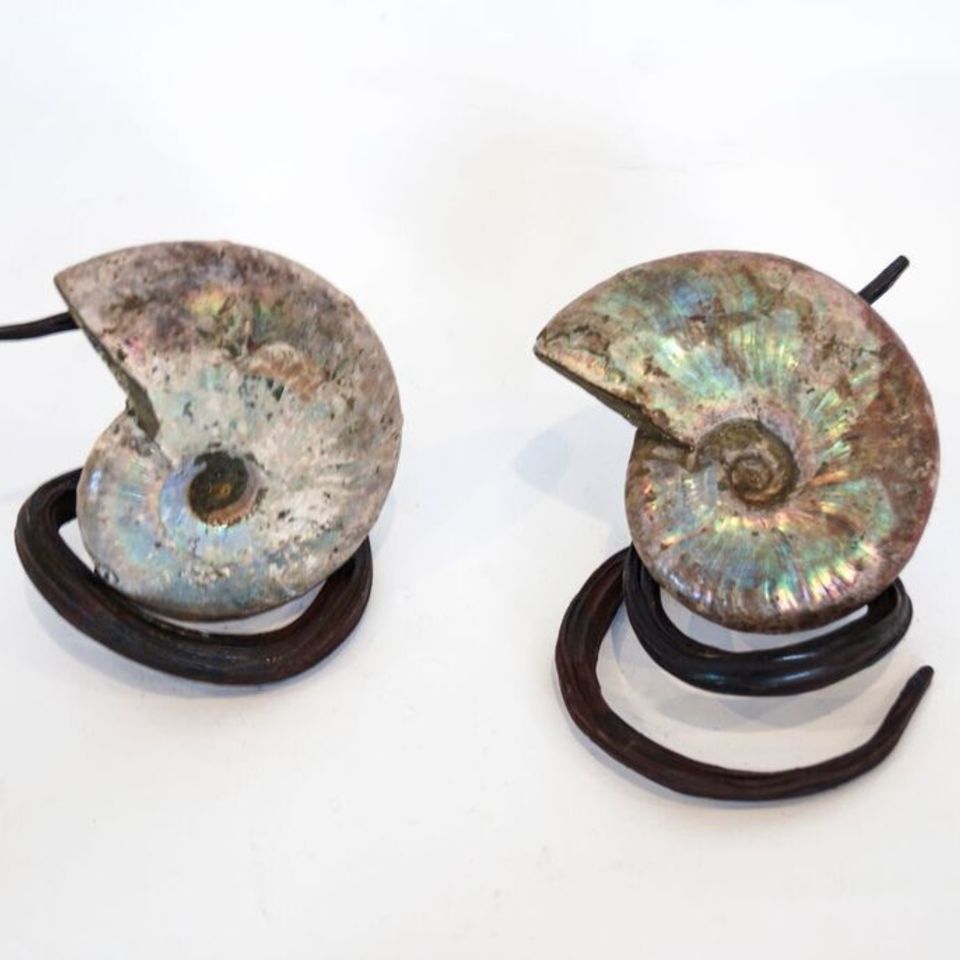


Hidden Coupon Code! Take 15% off Ammonites
LEARN101Ammonite